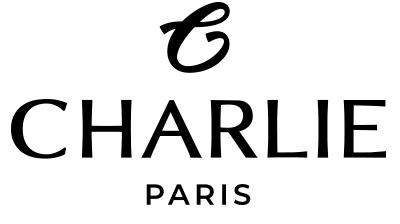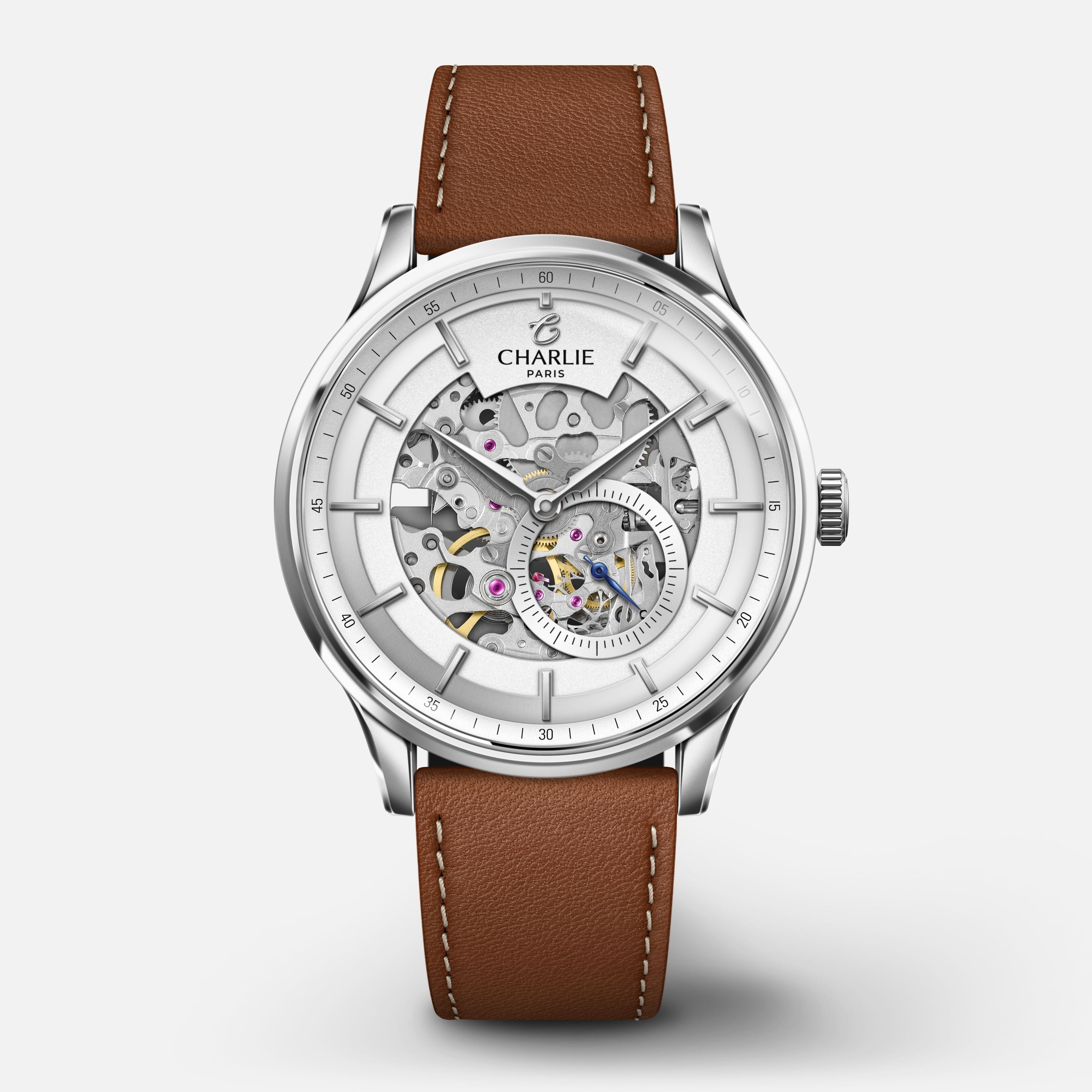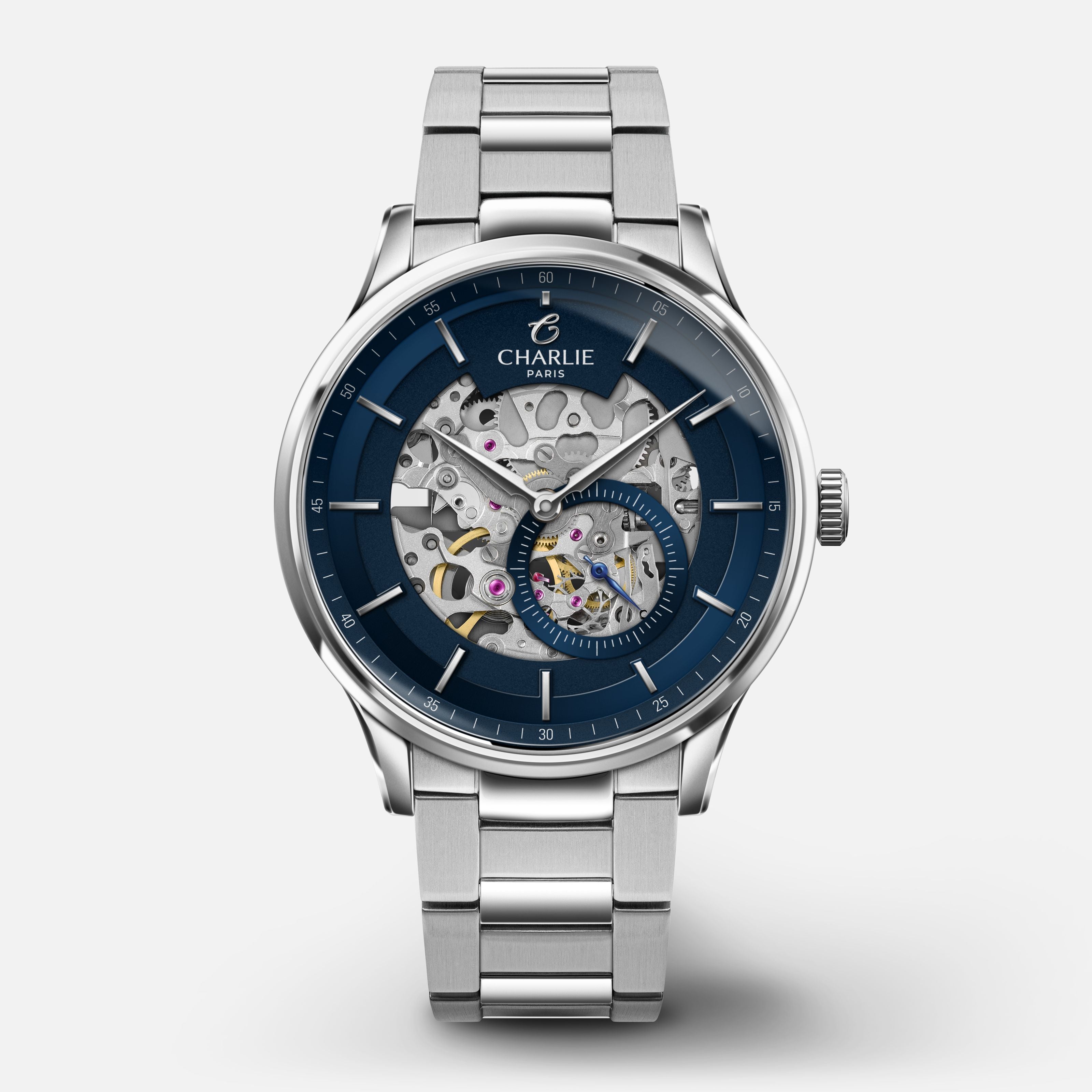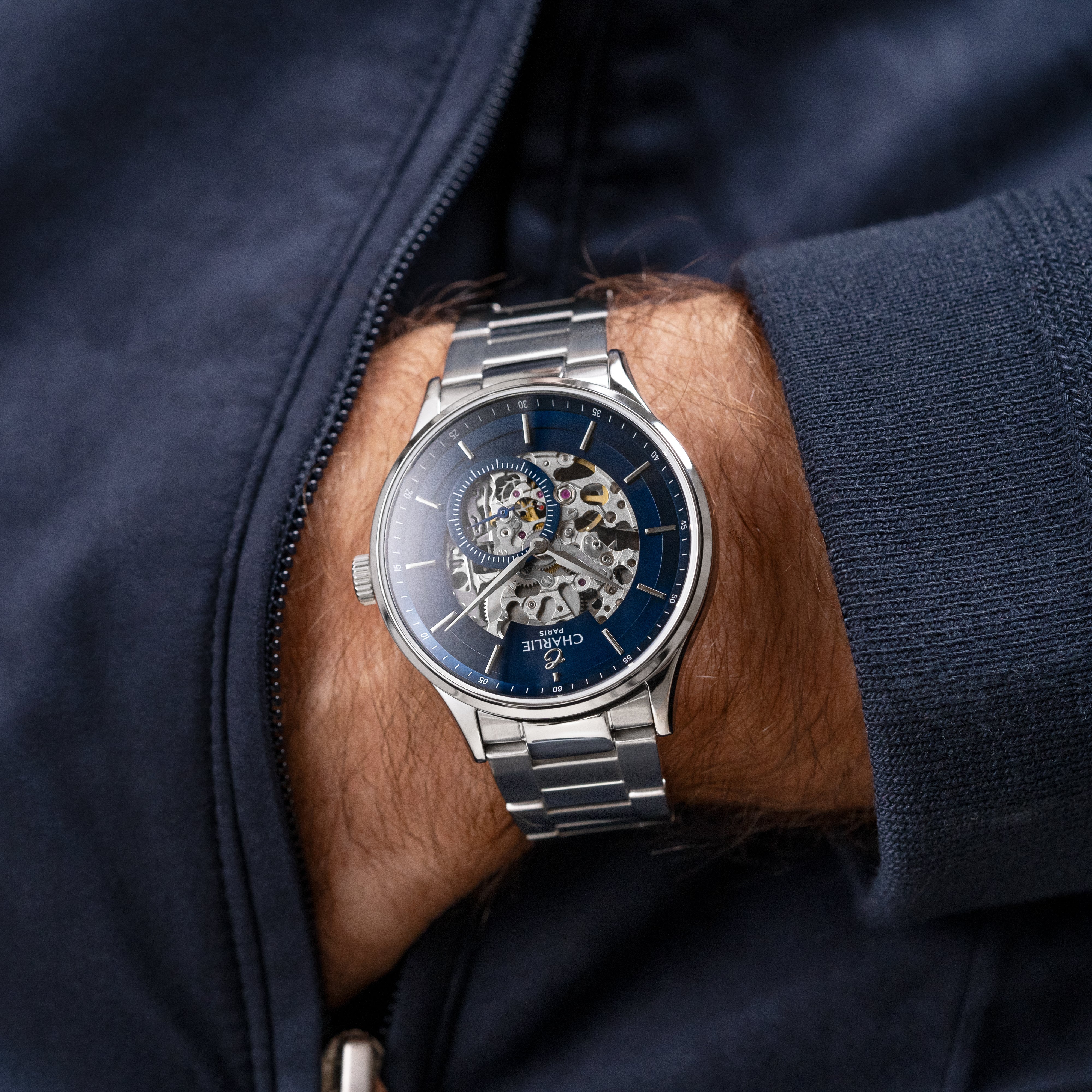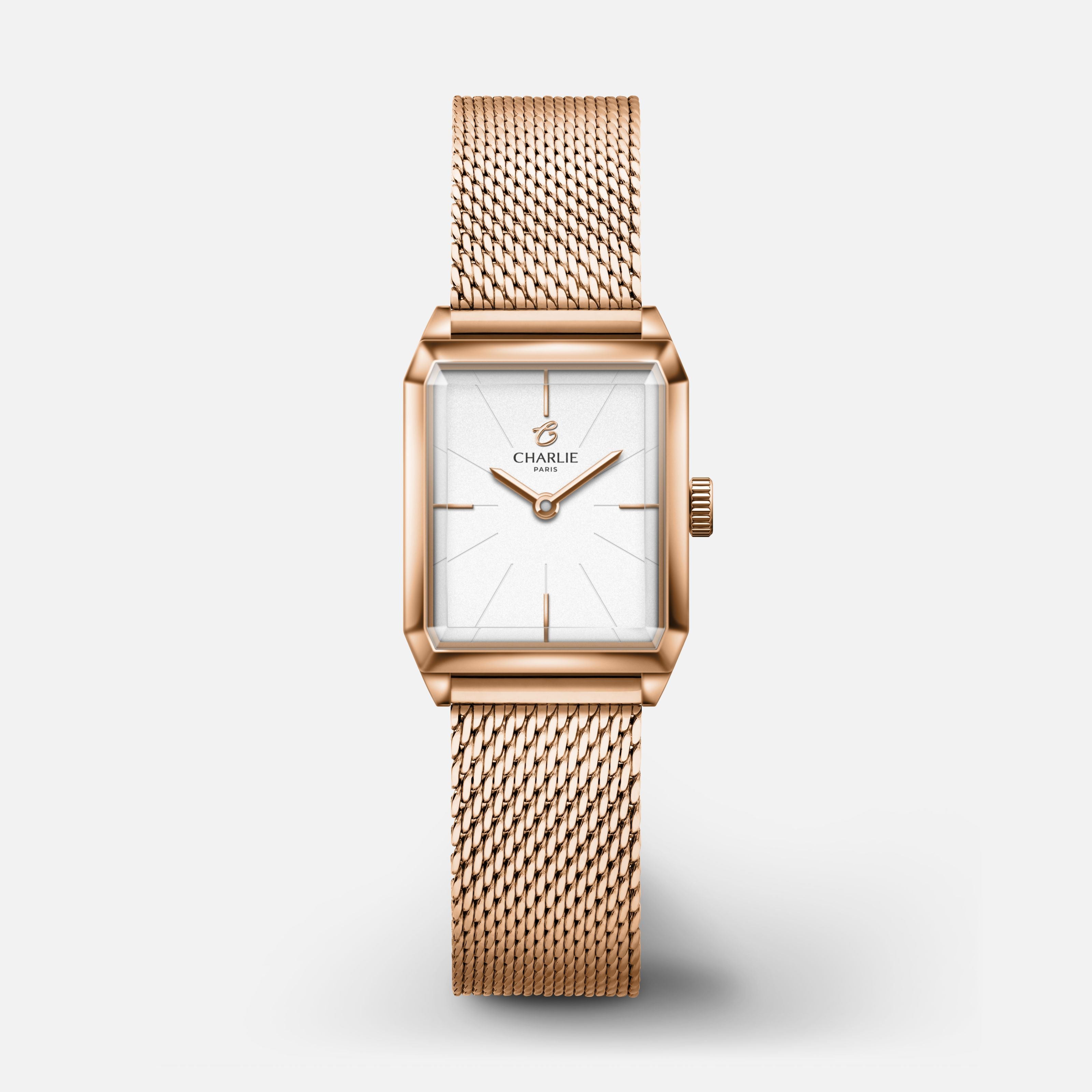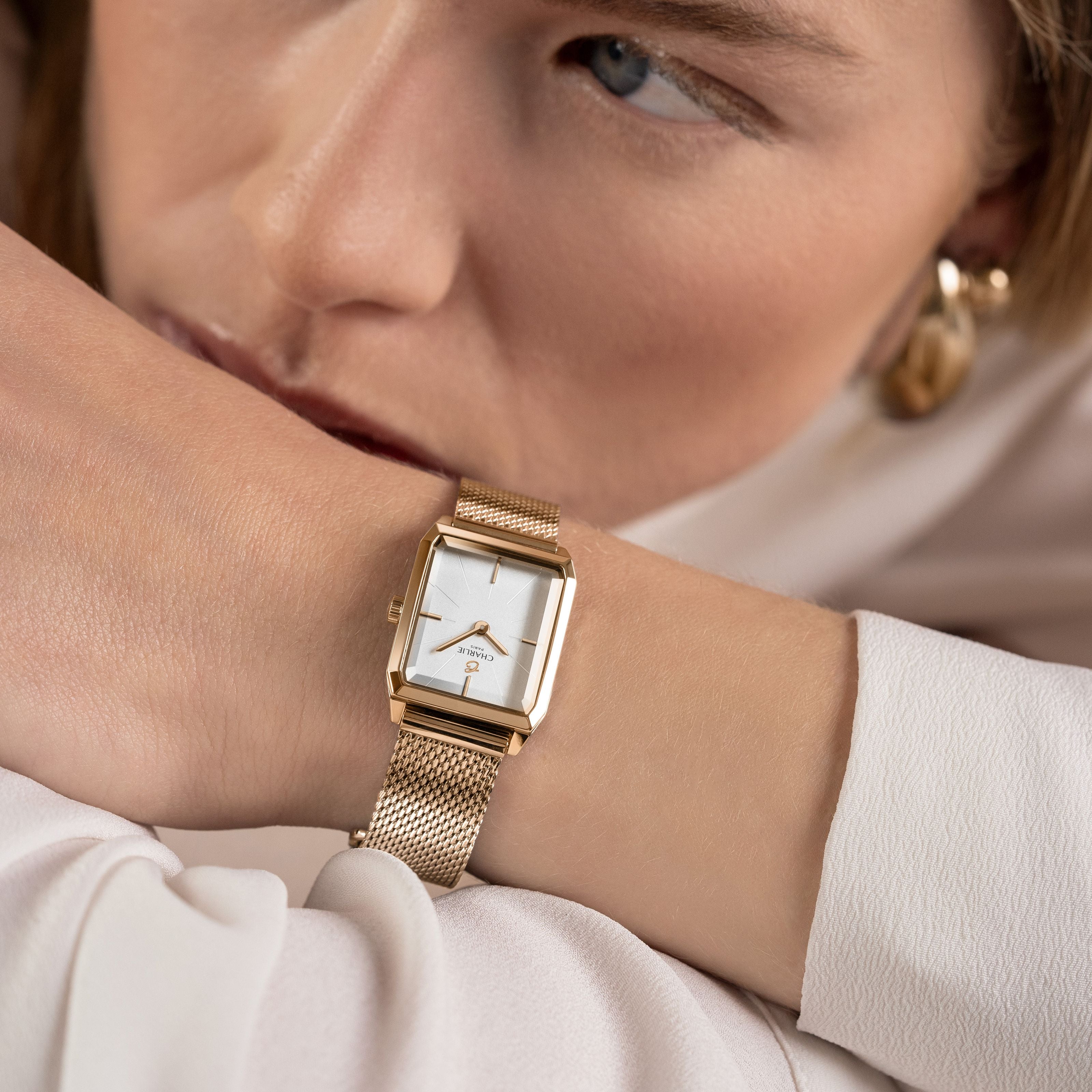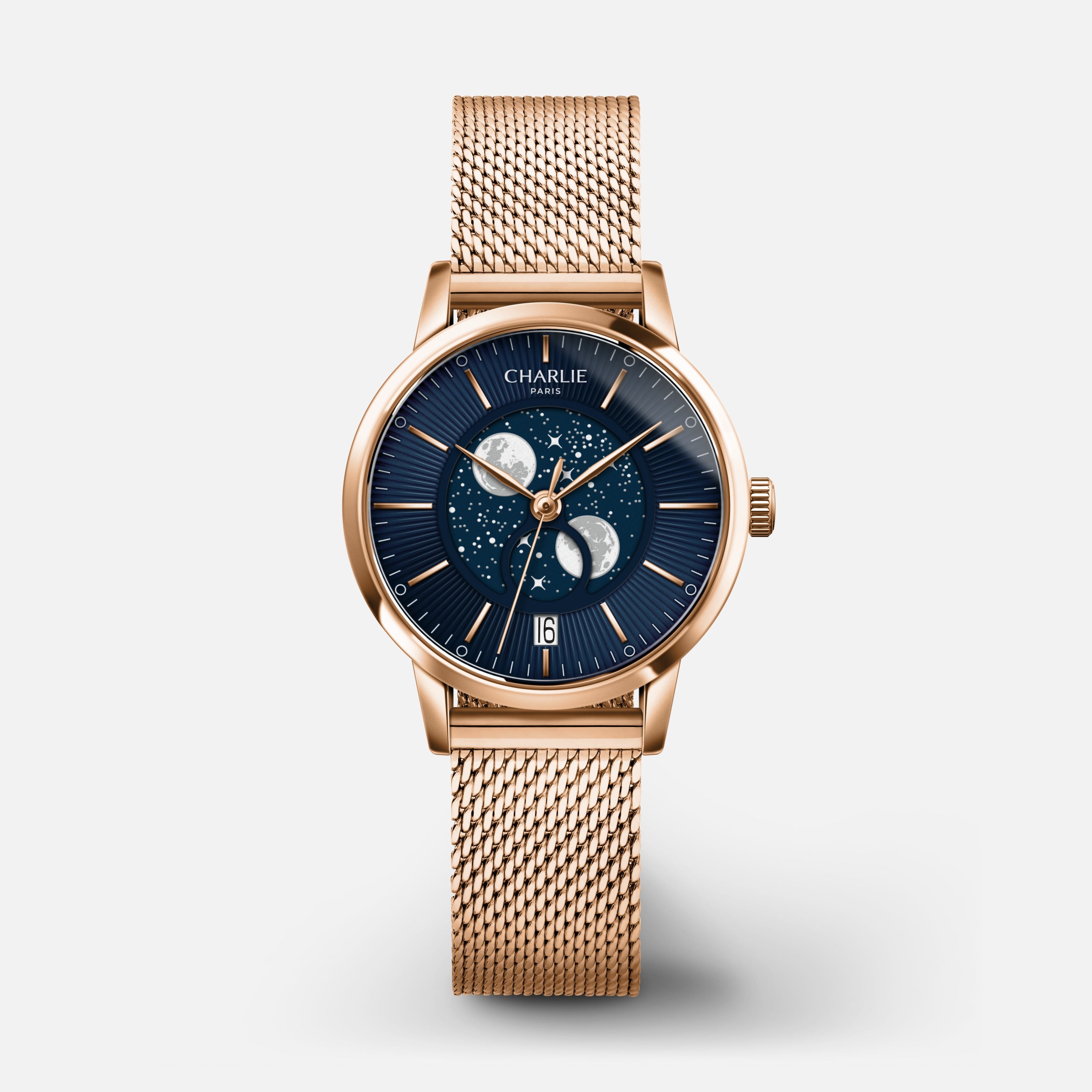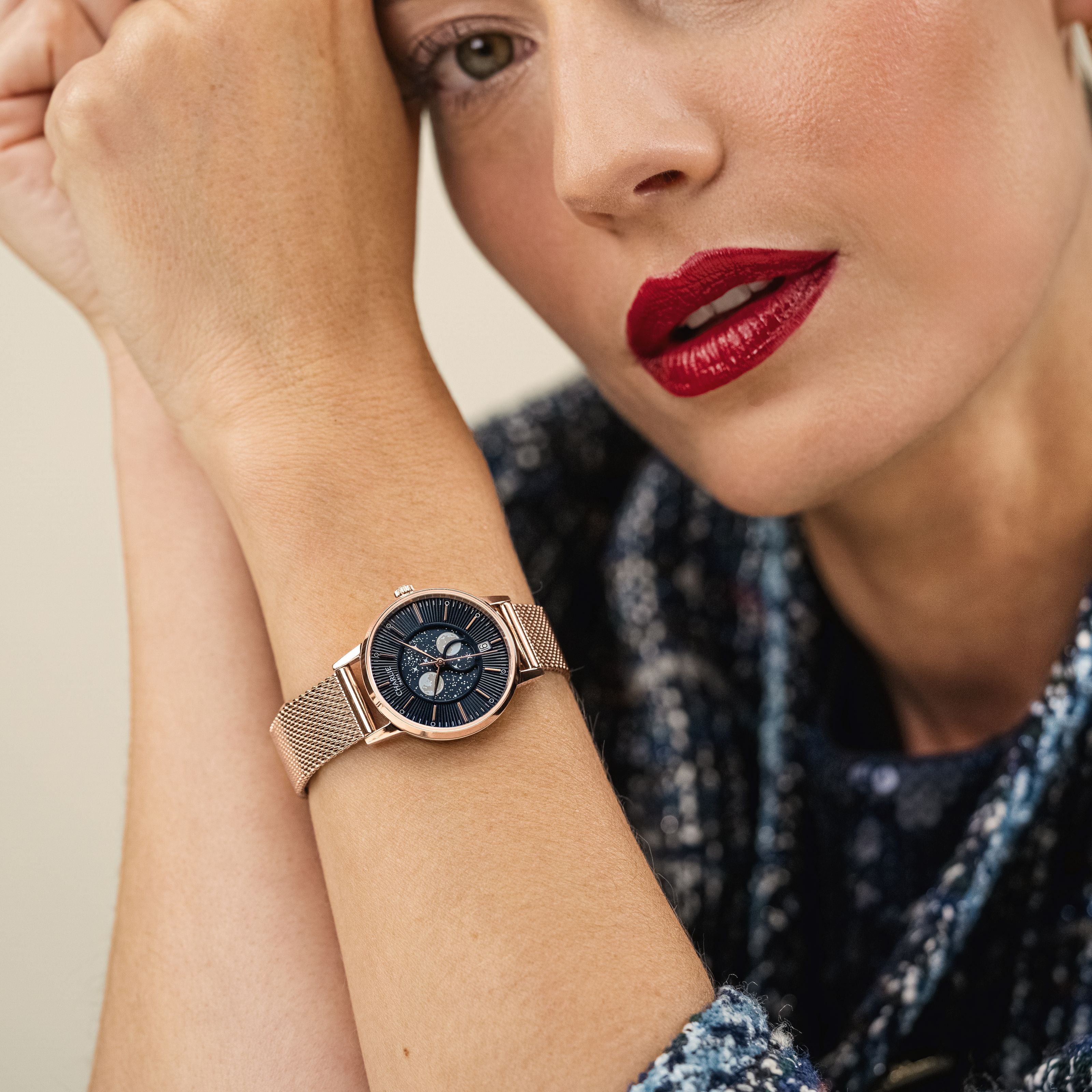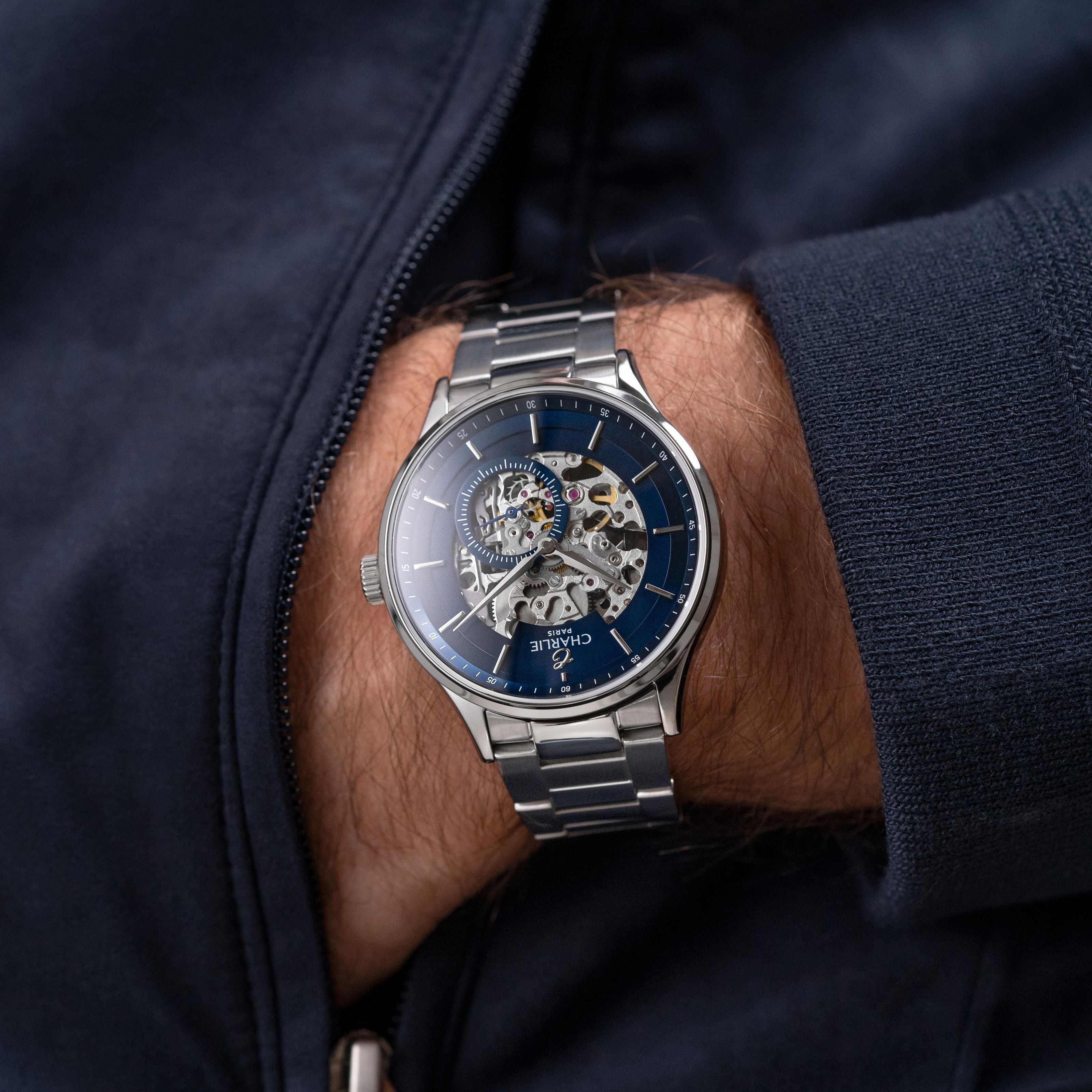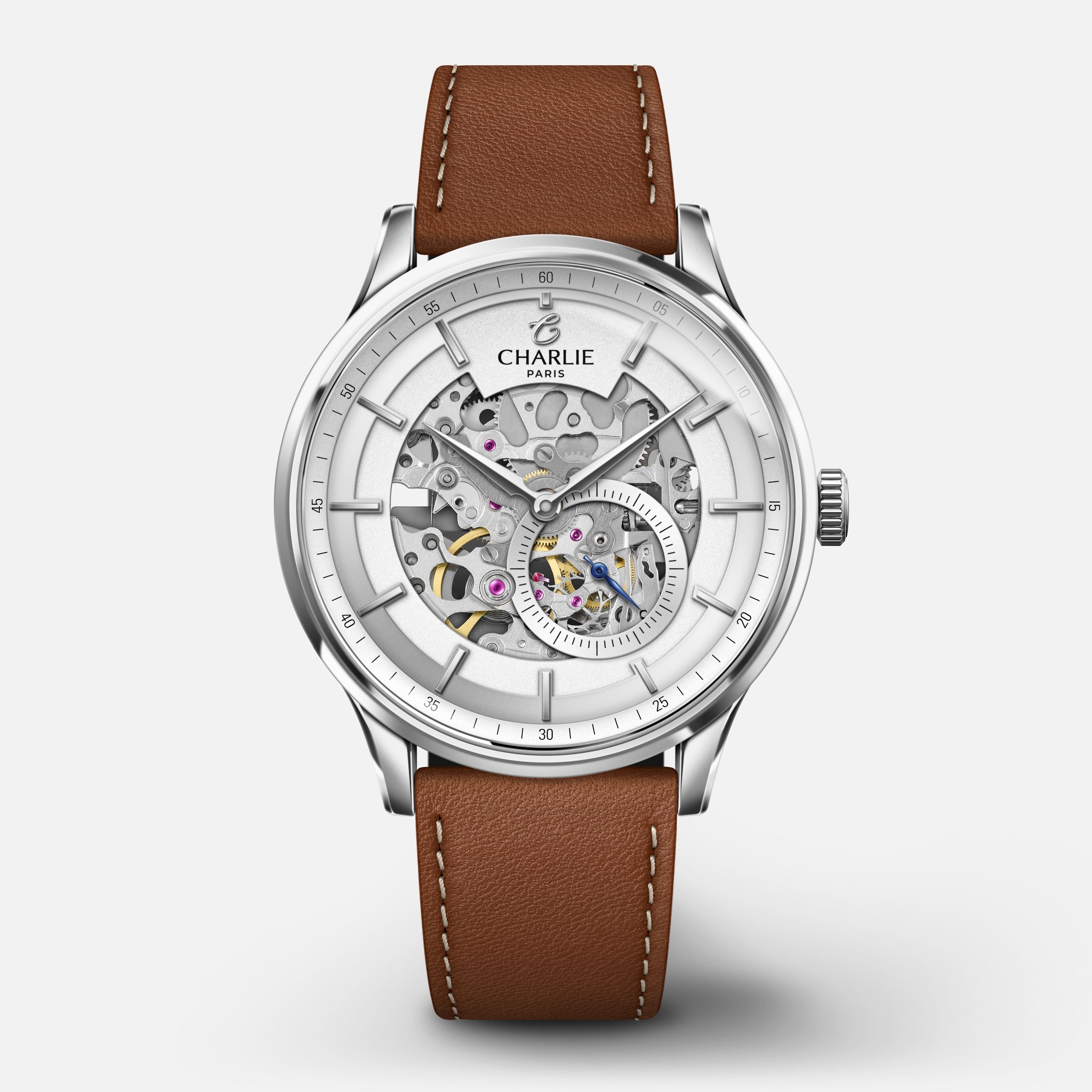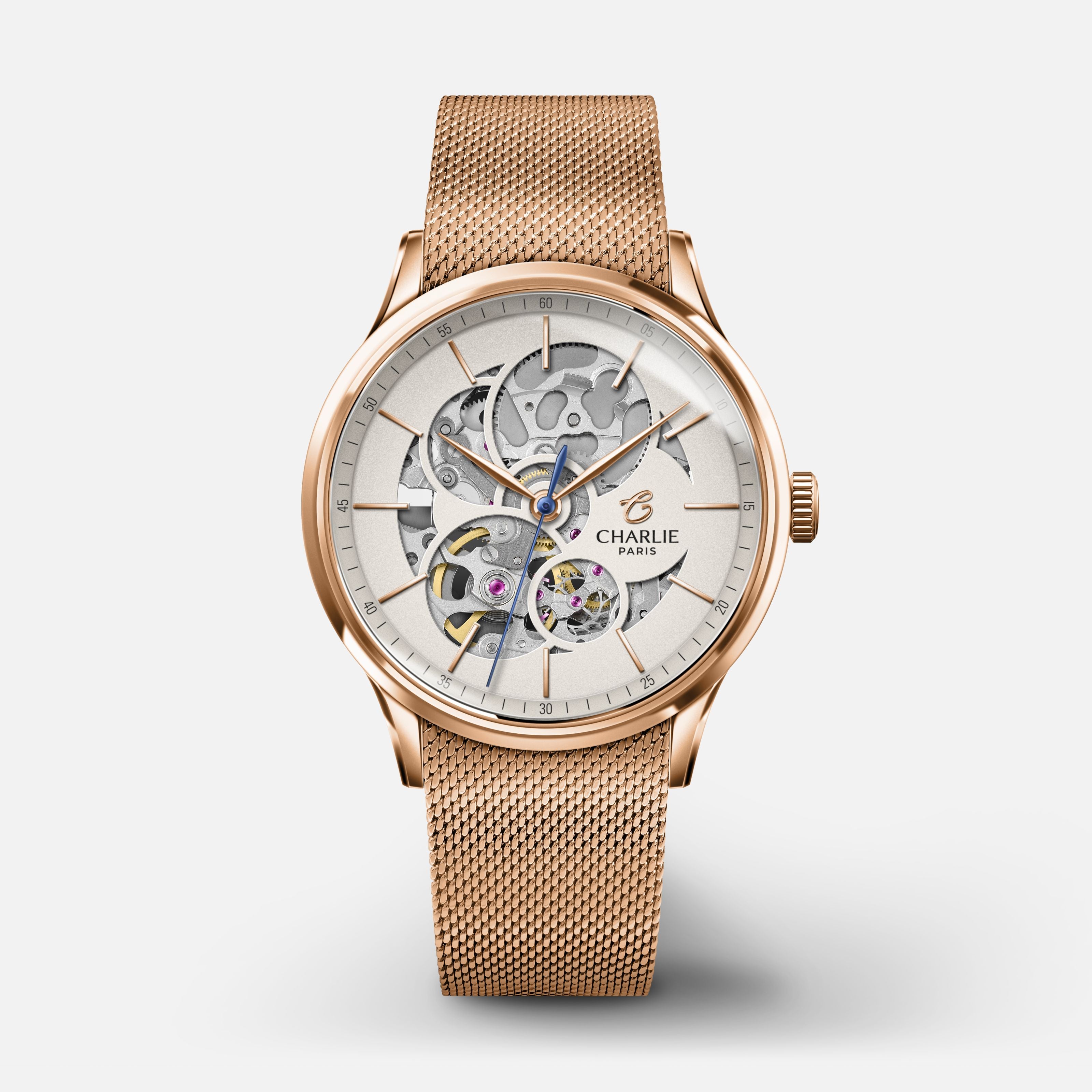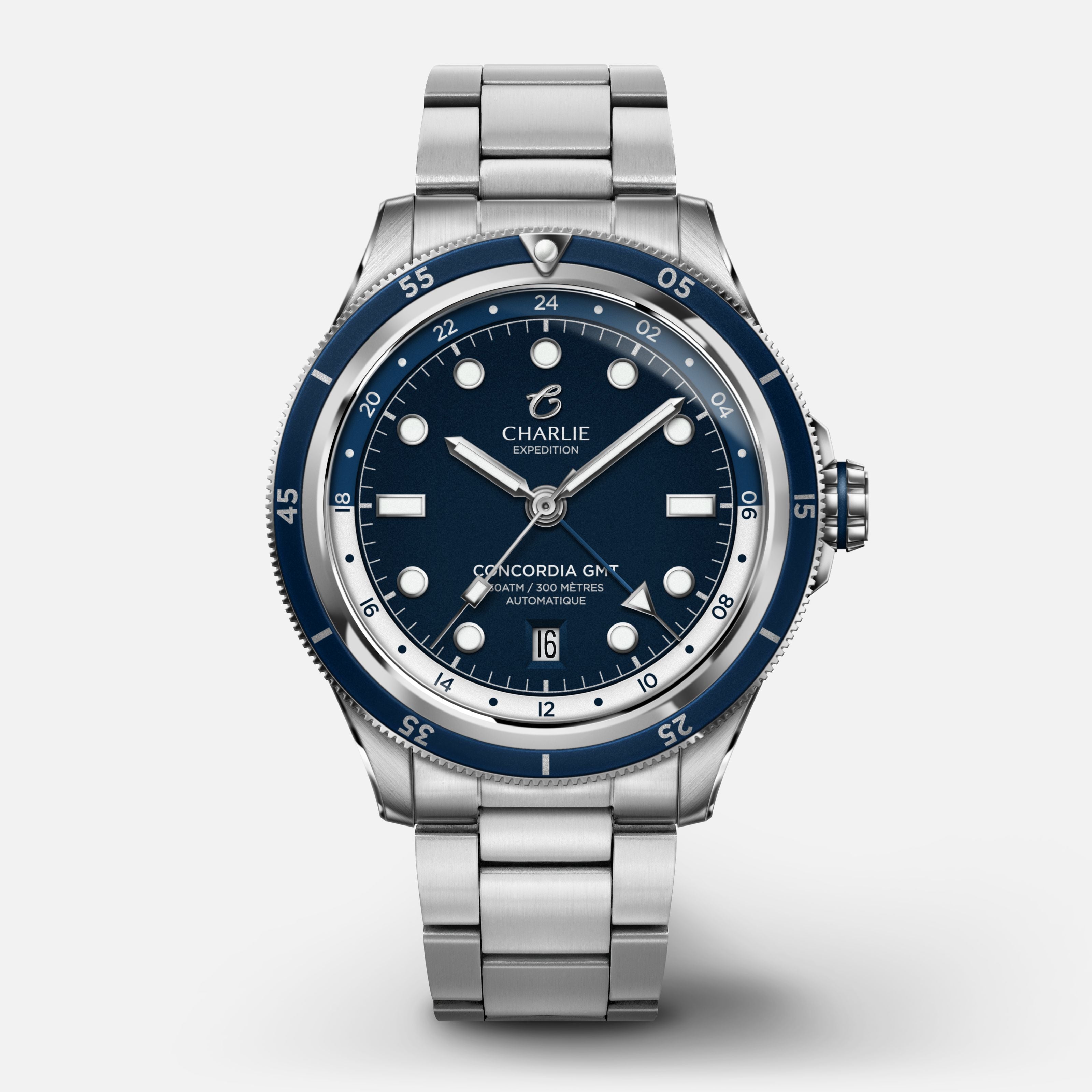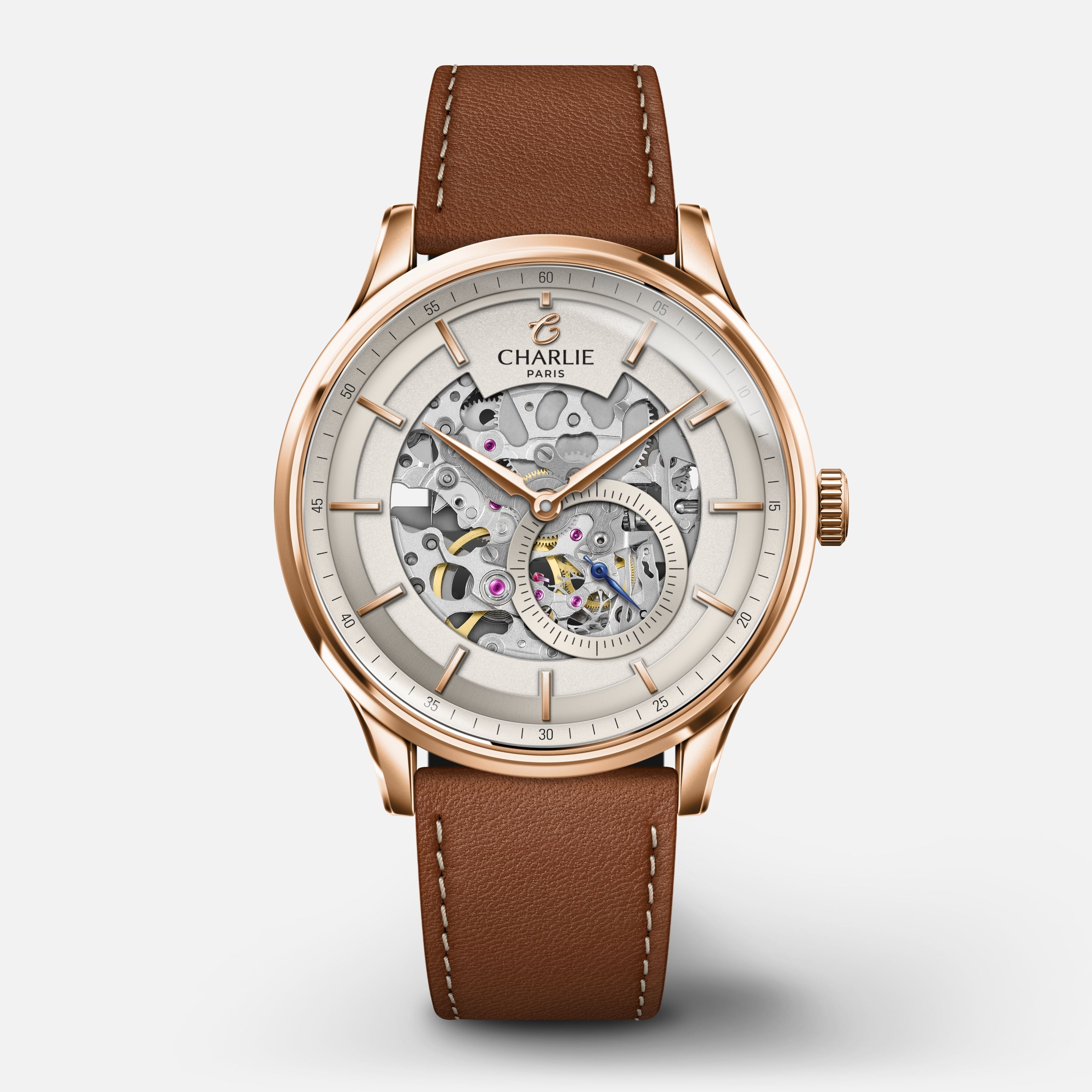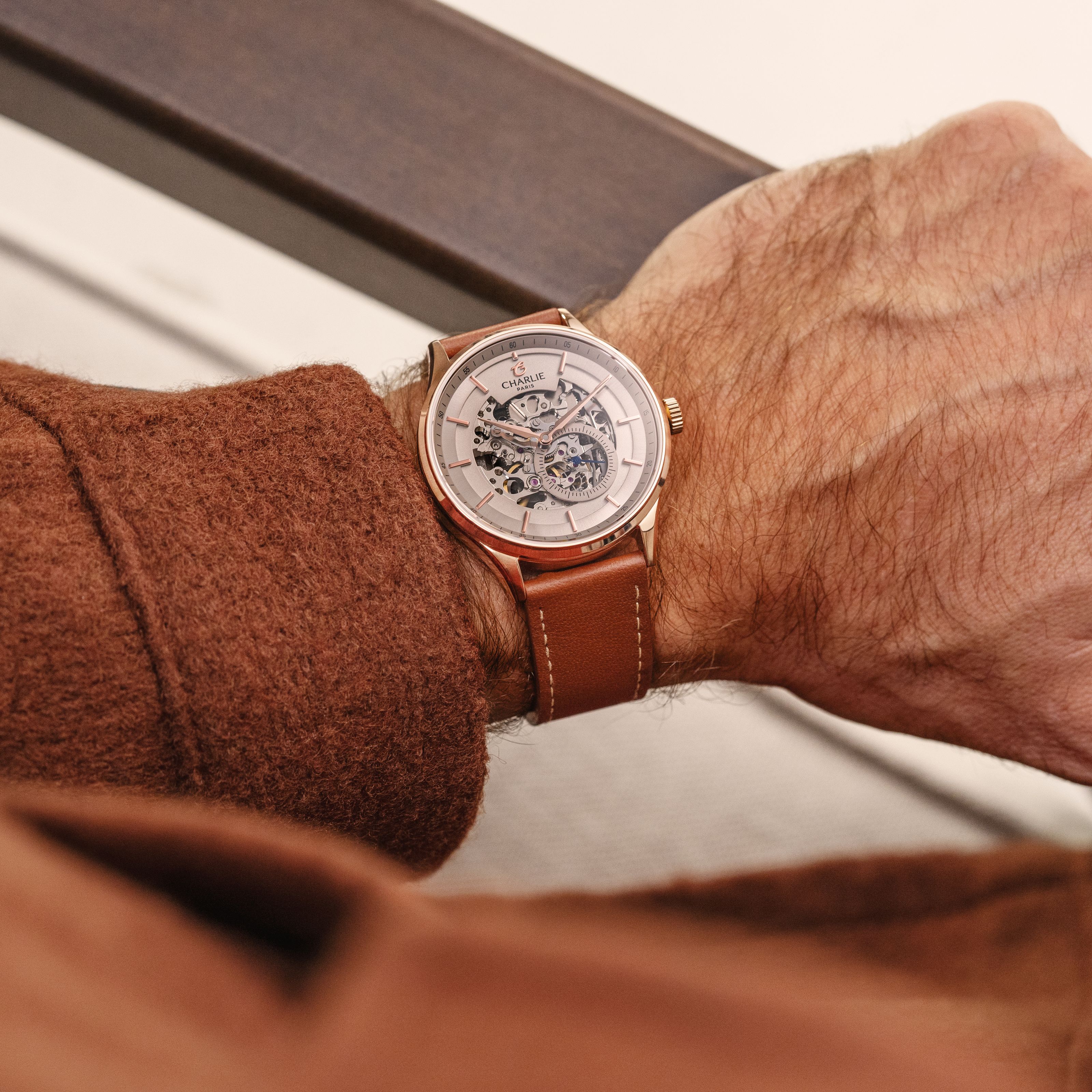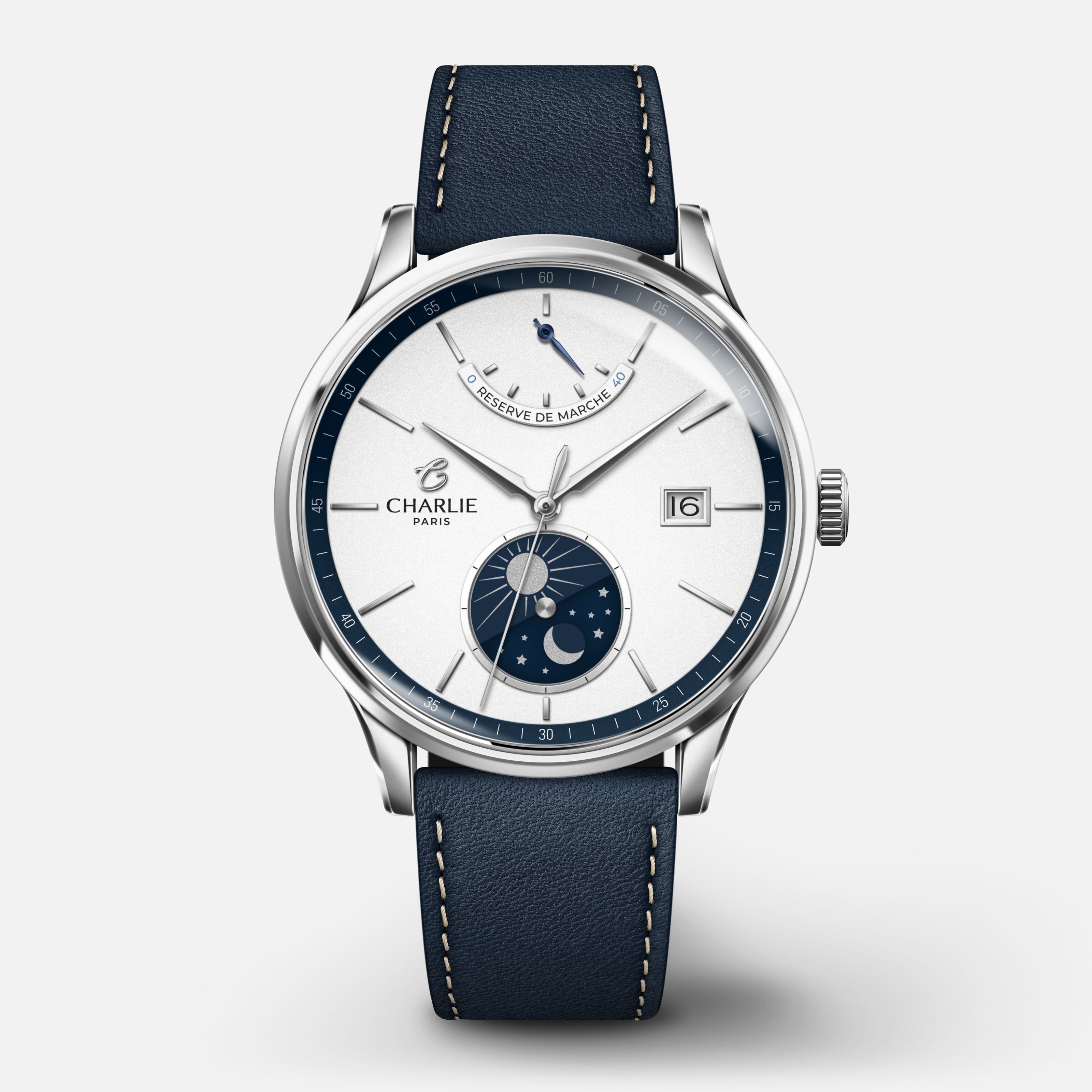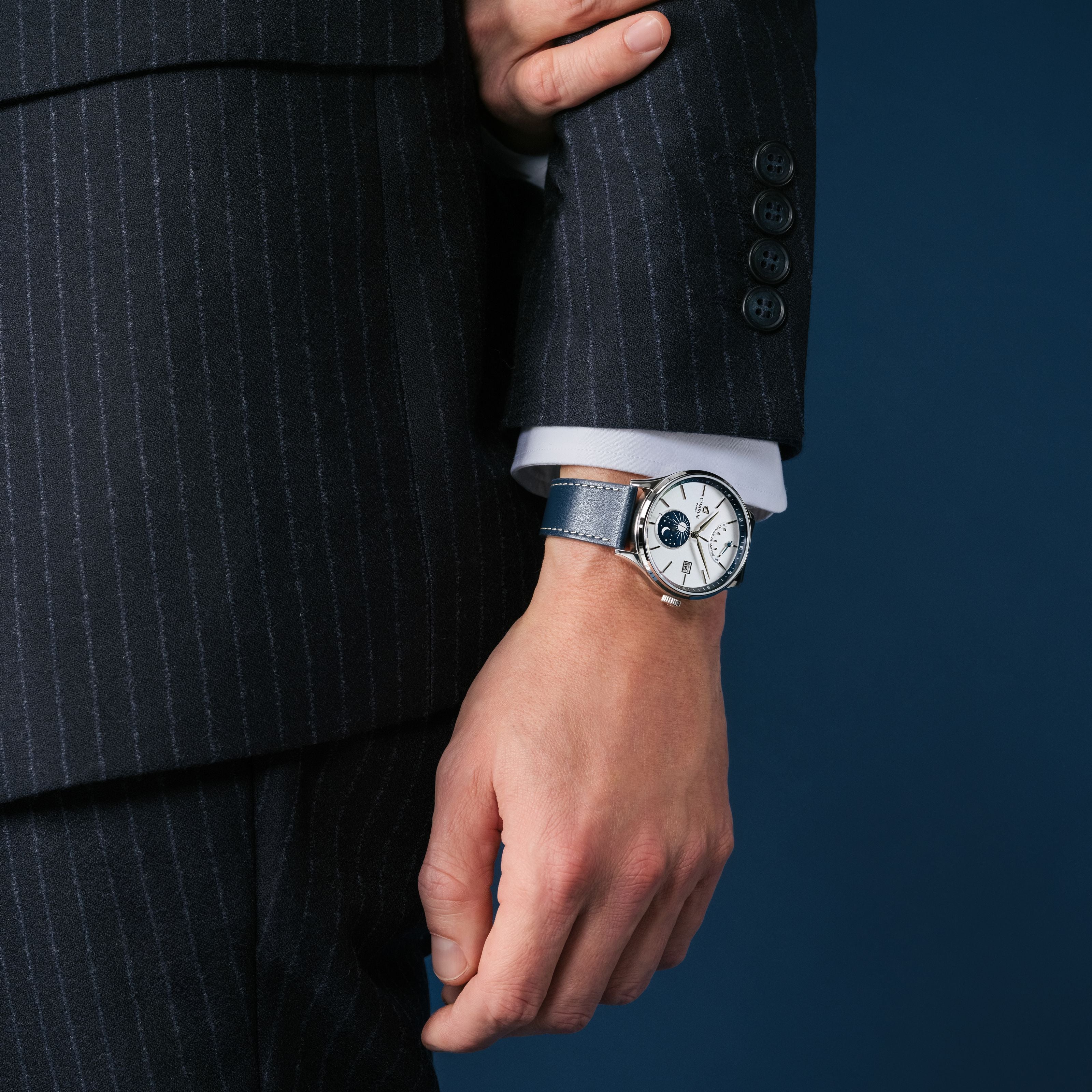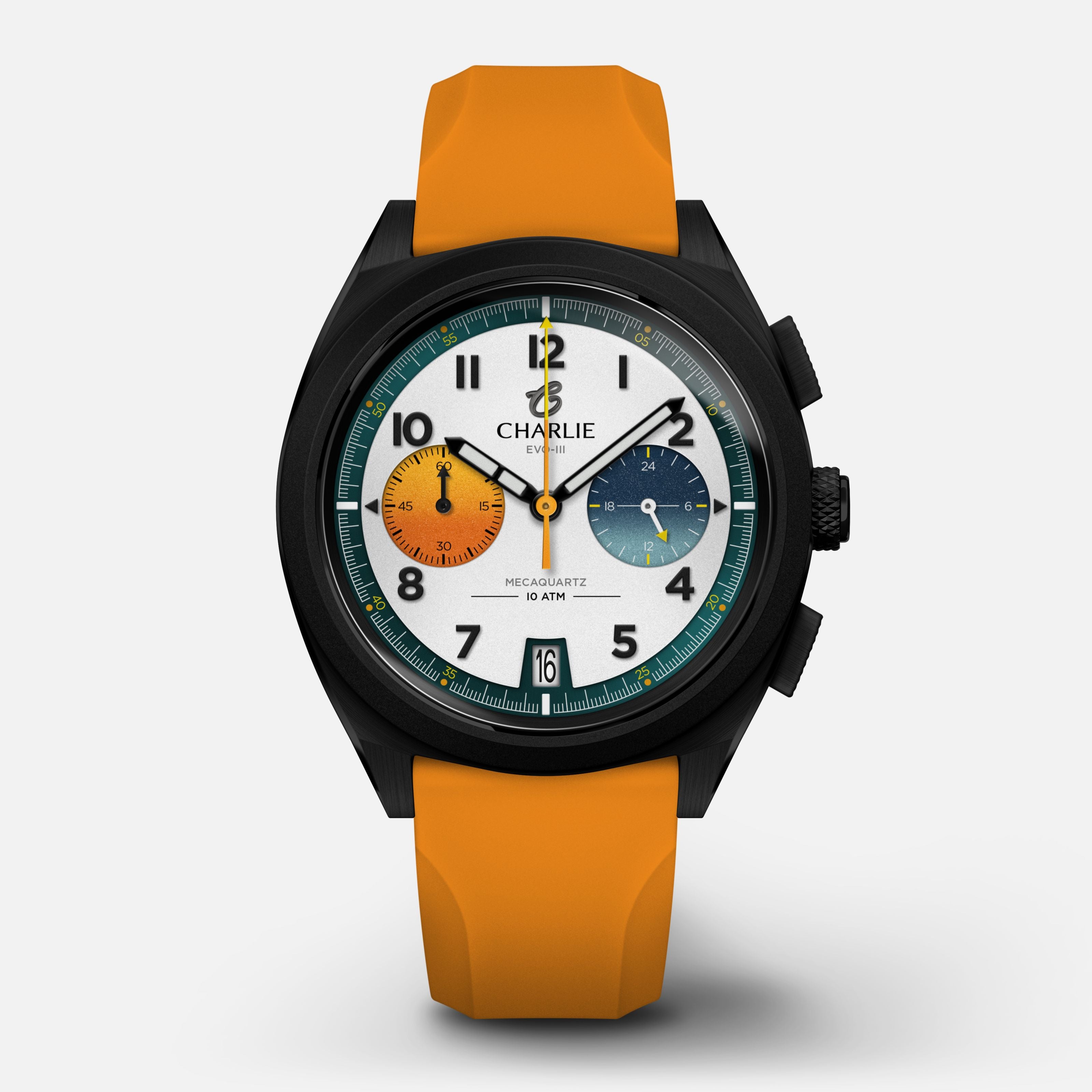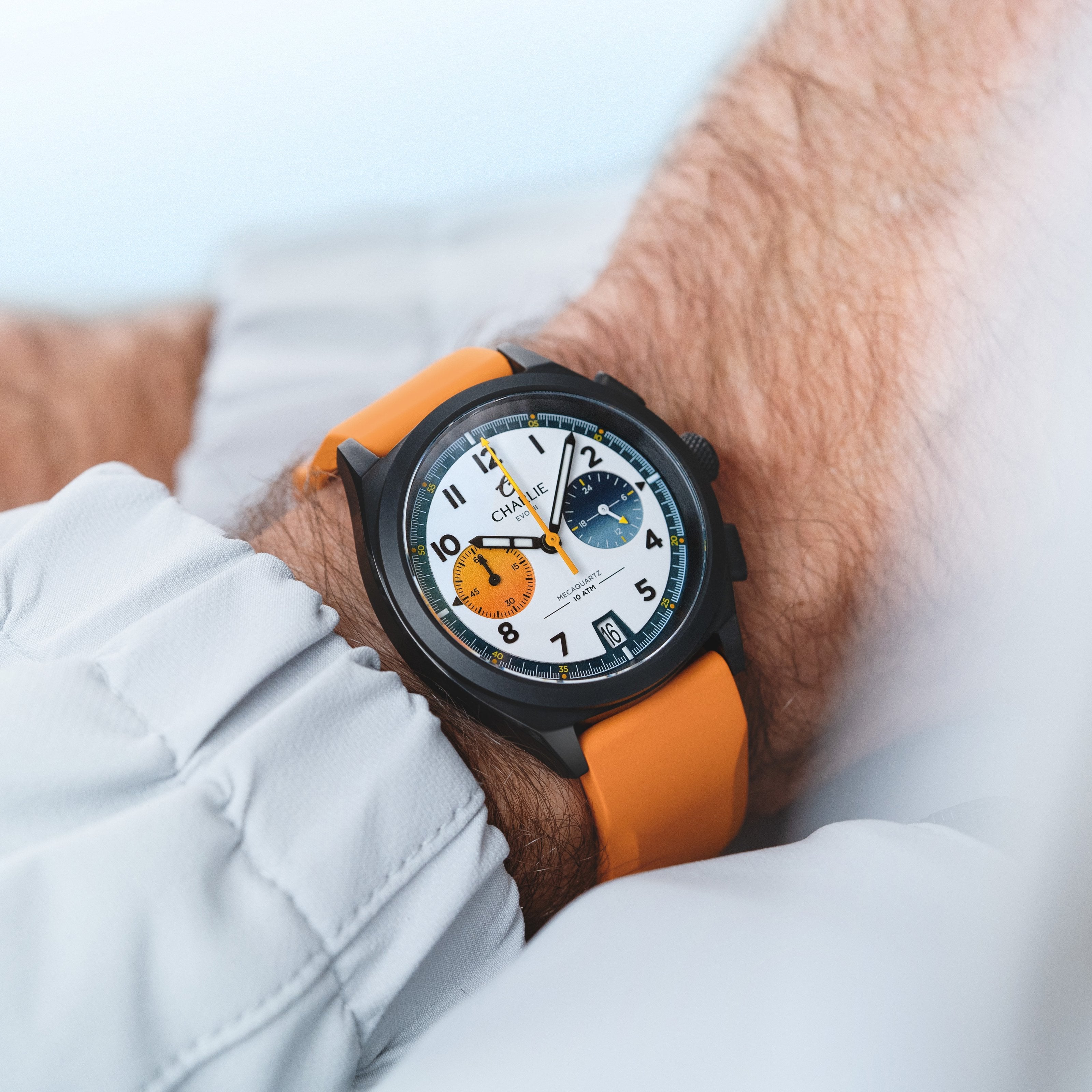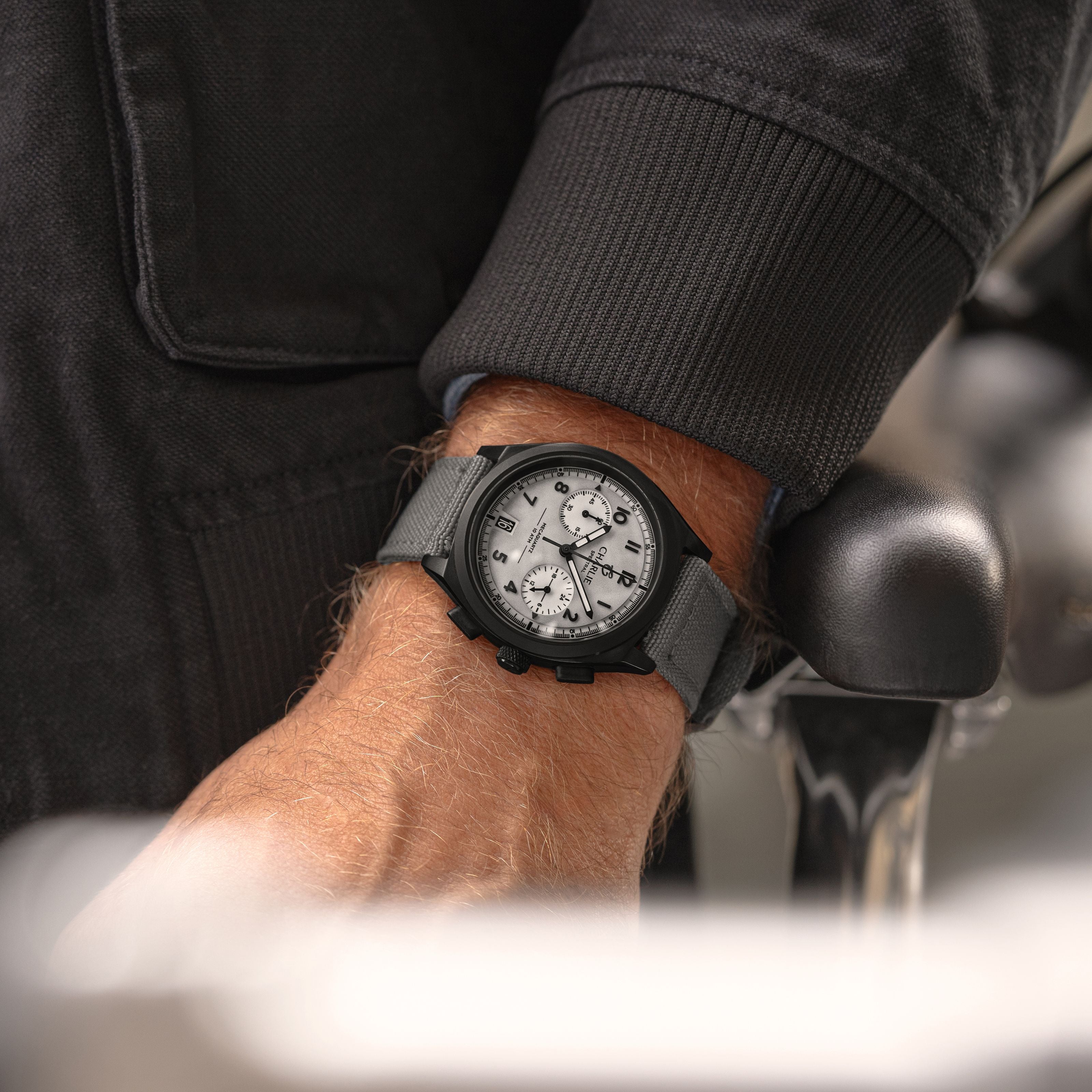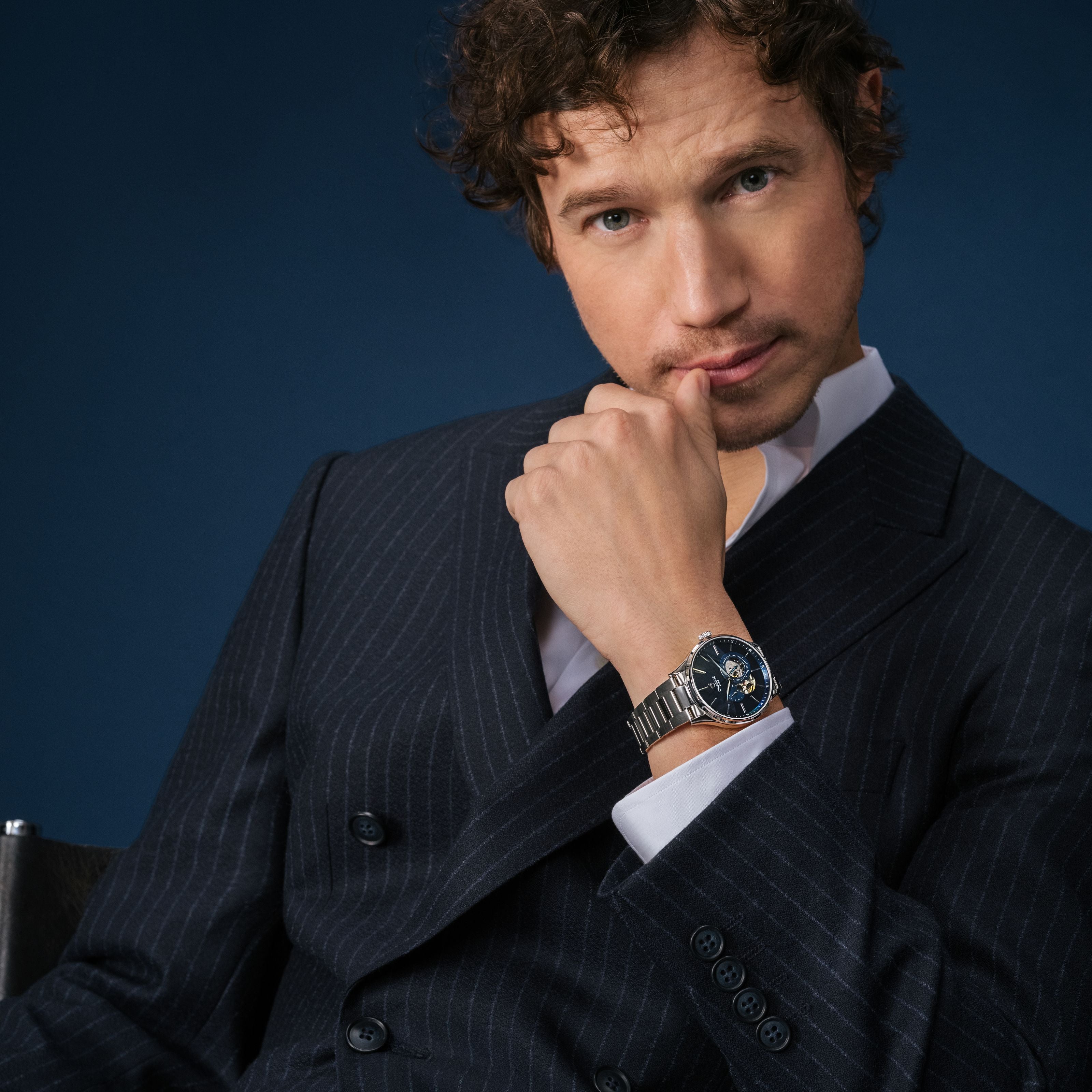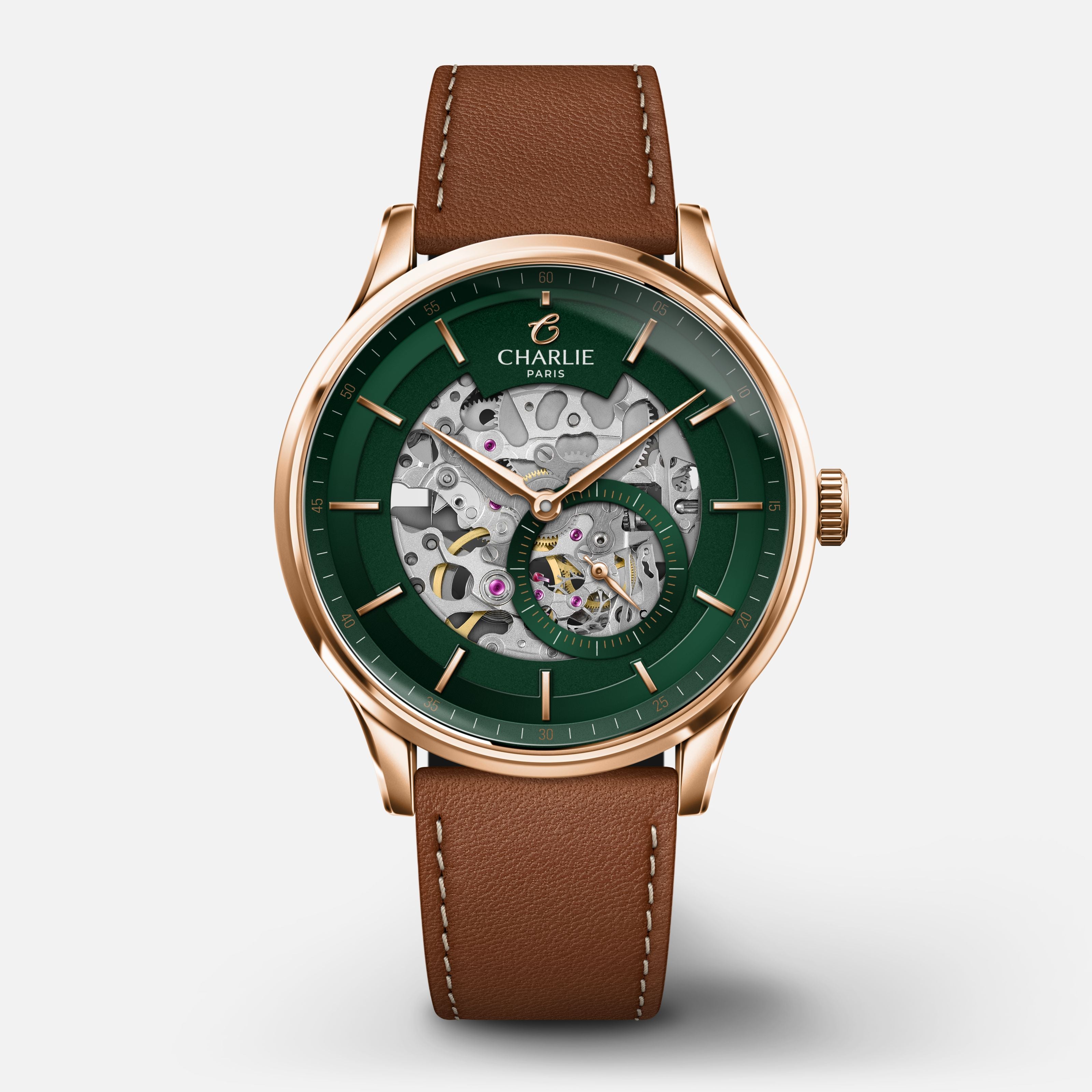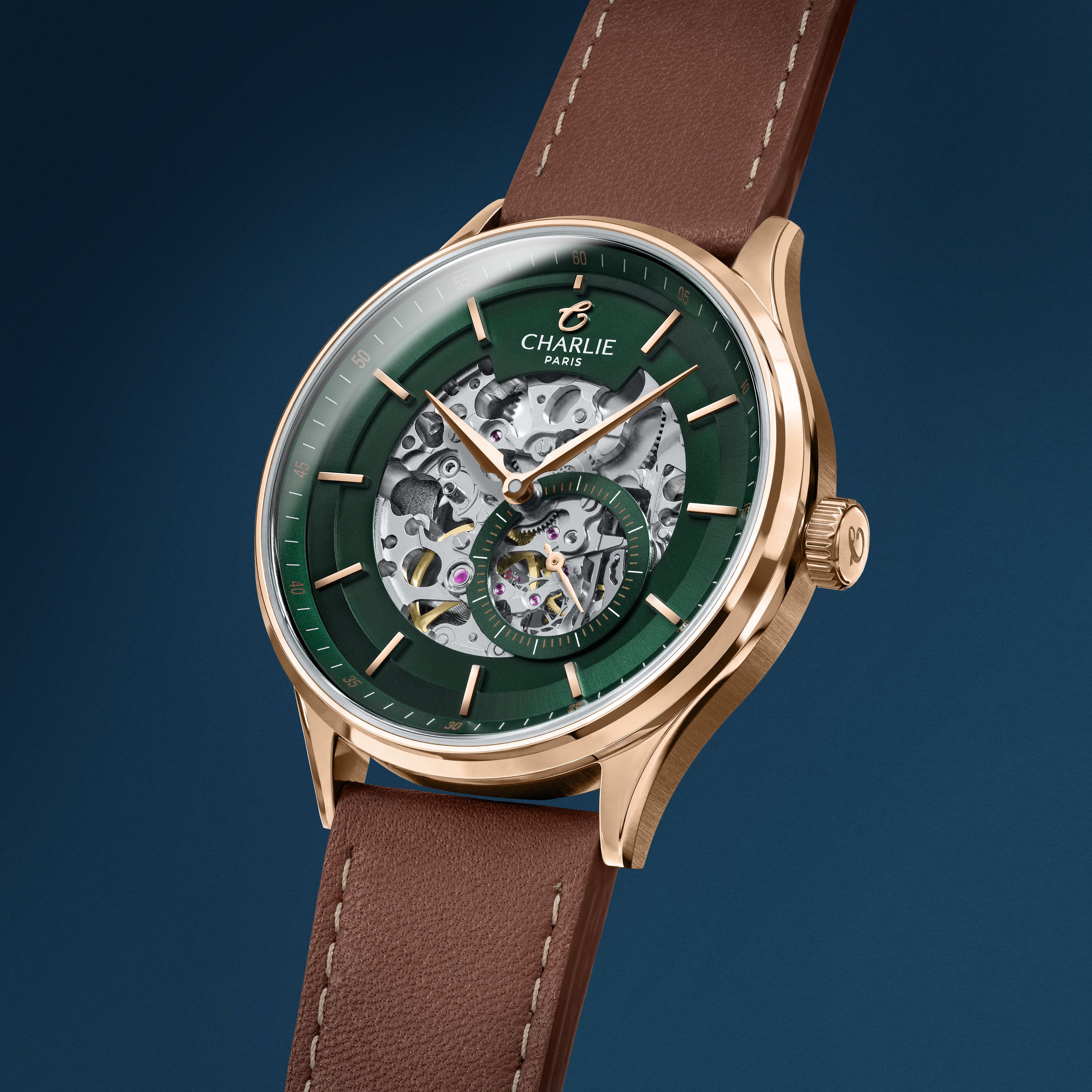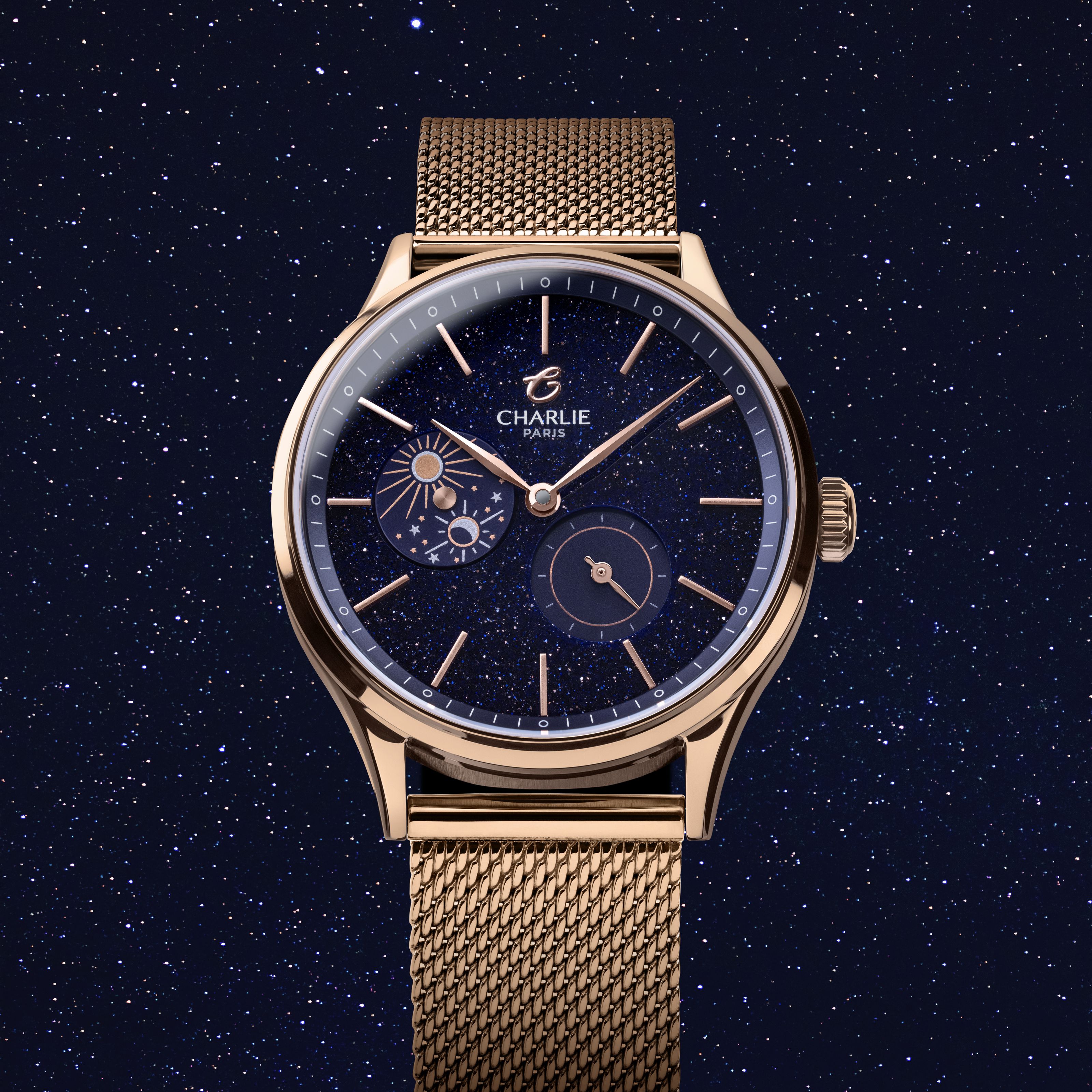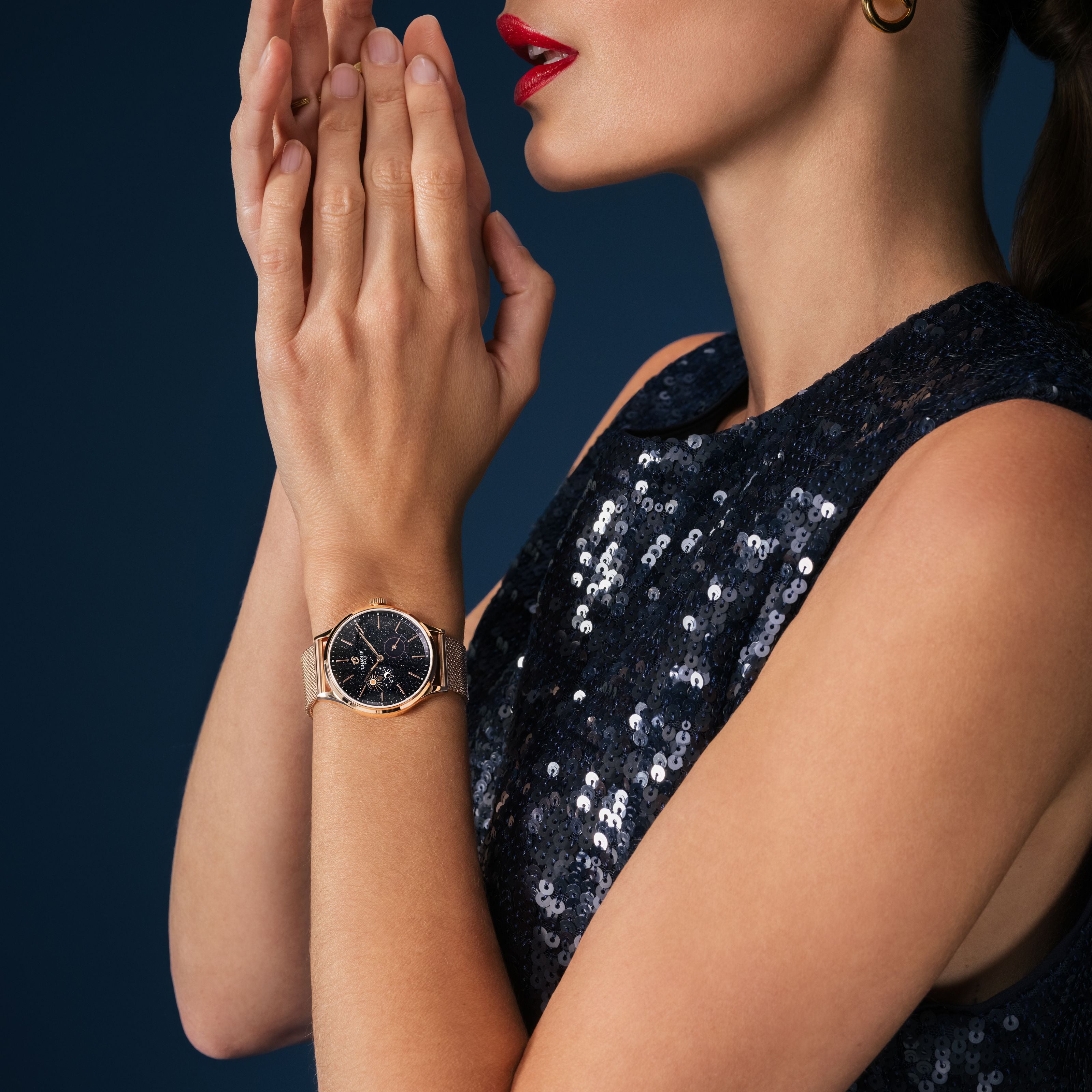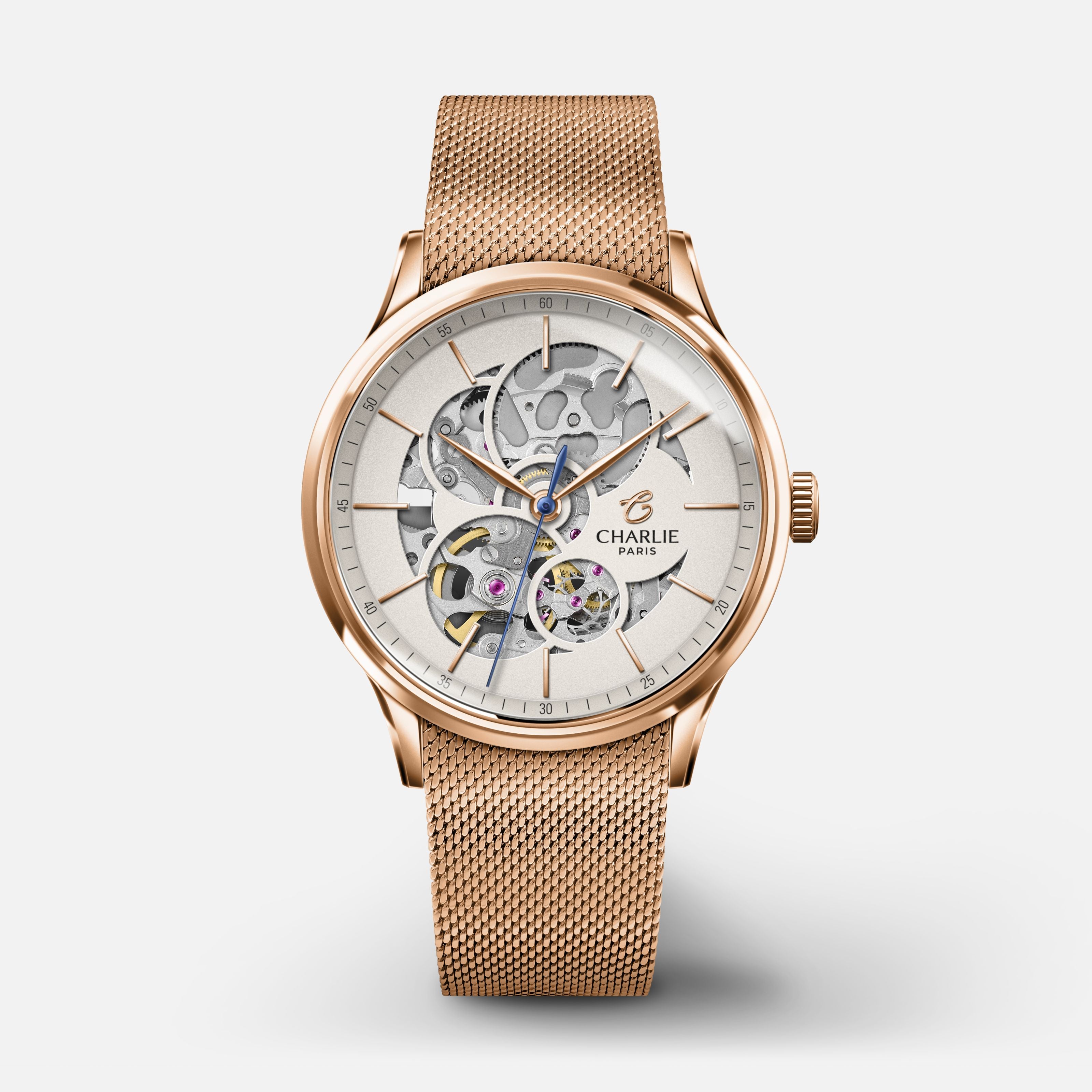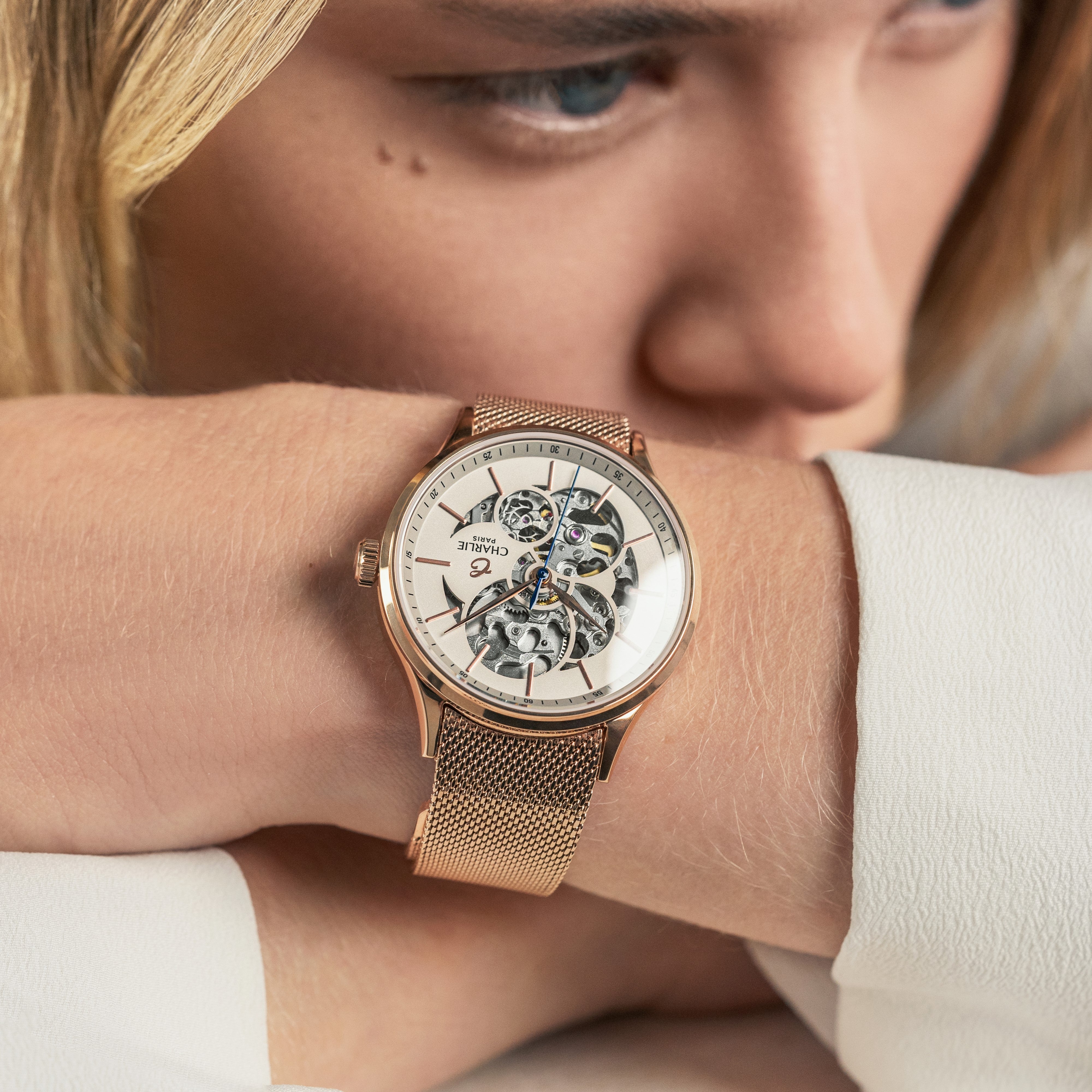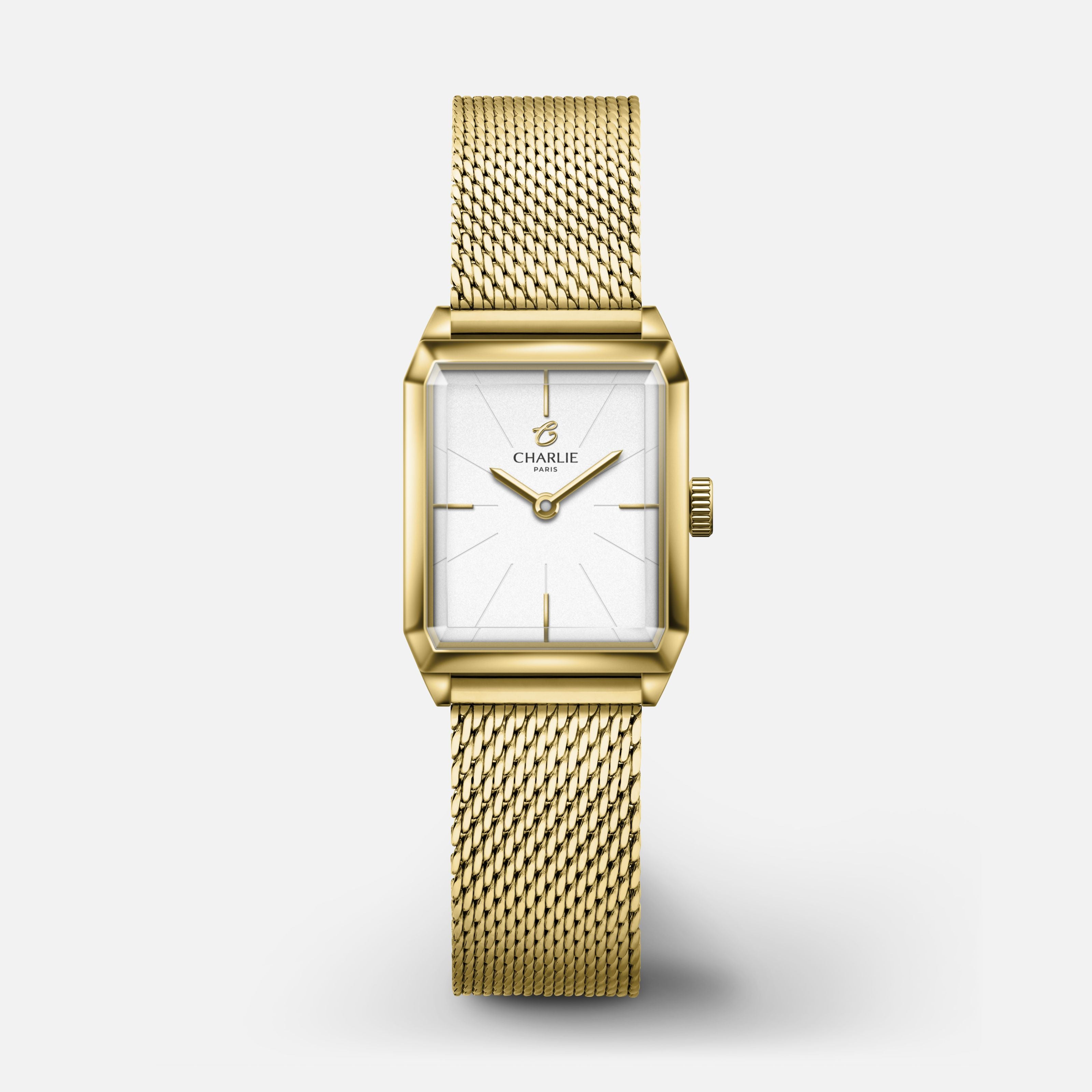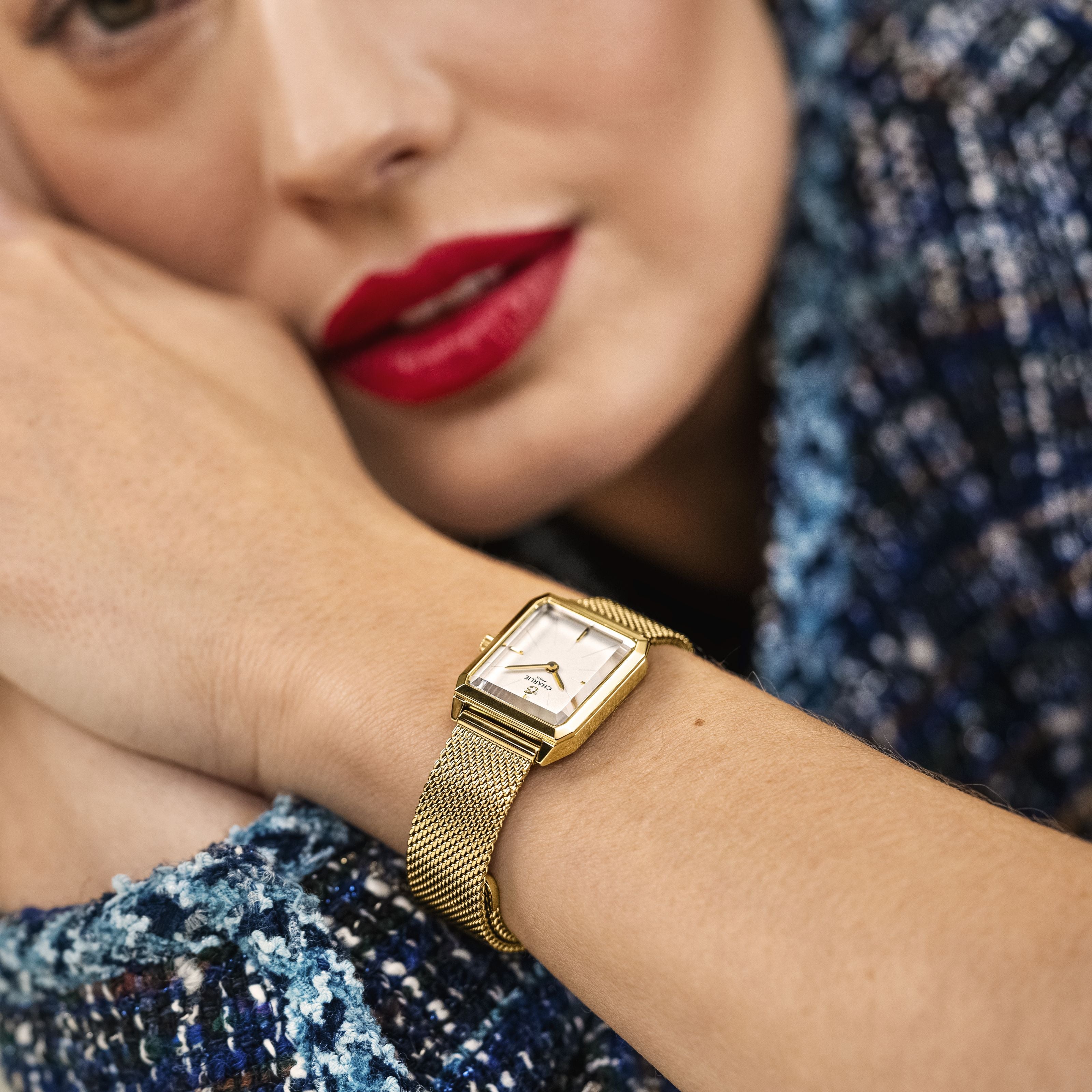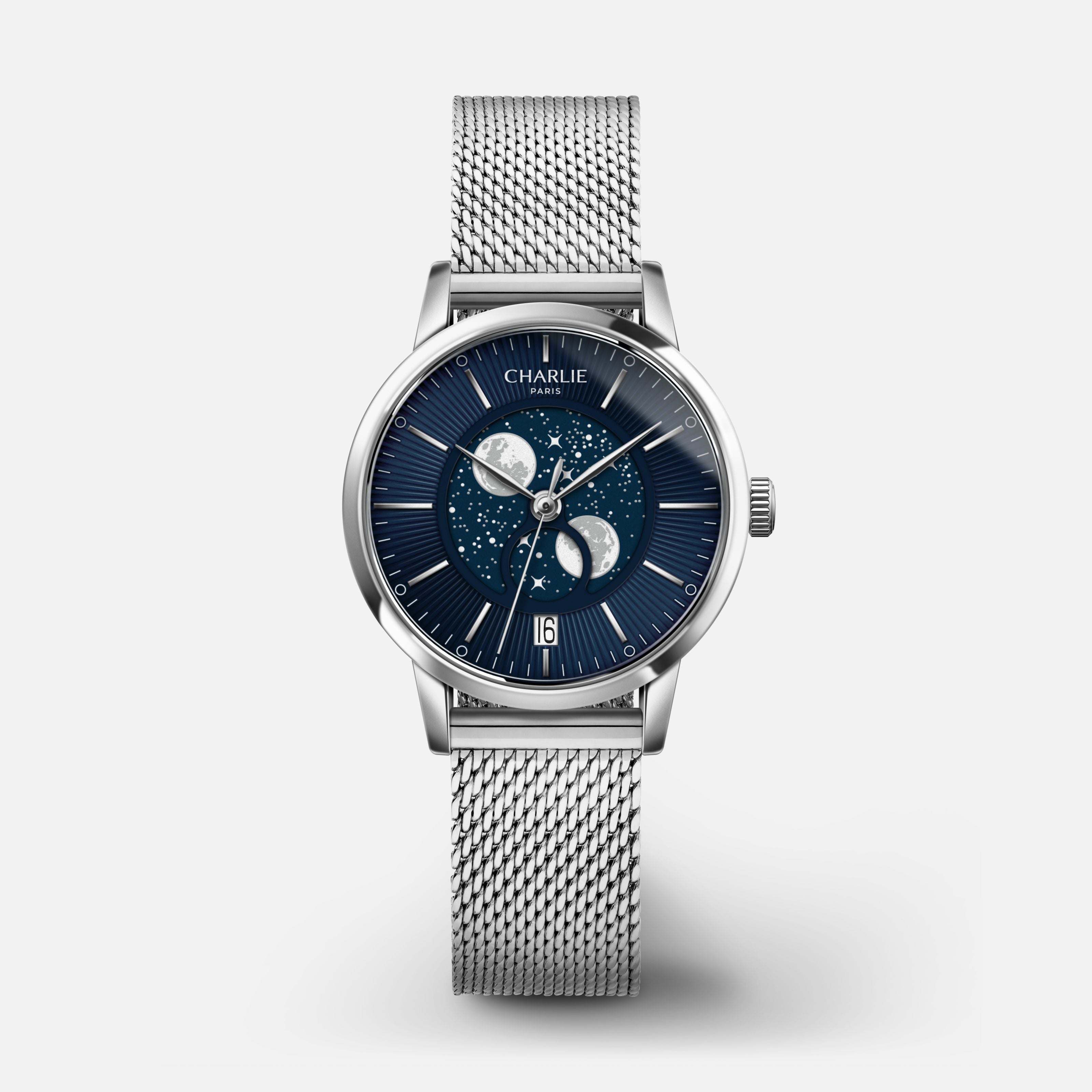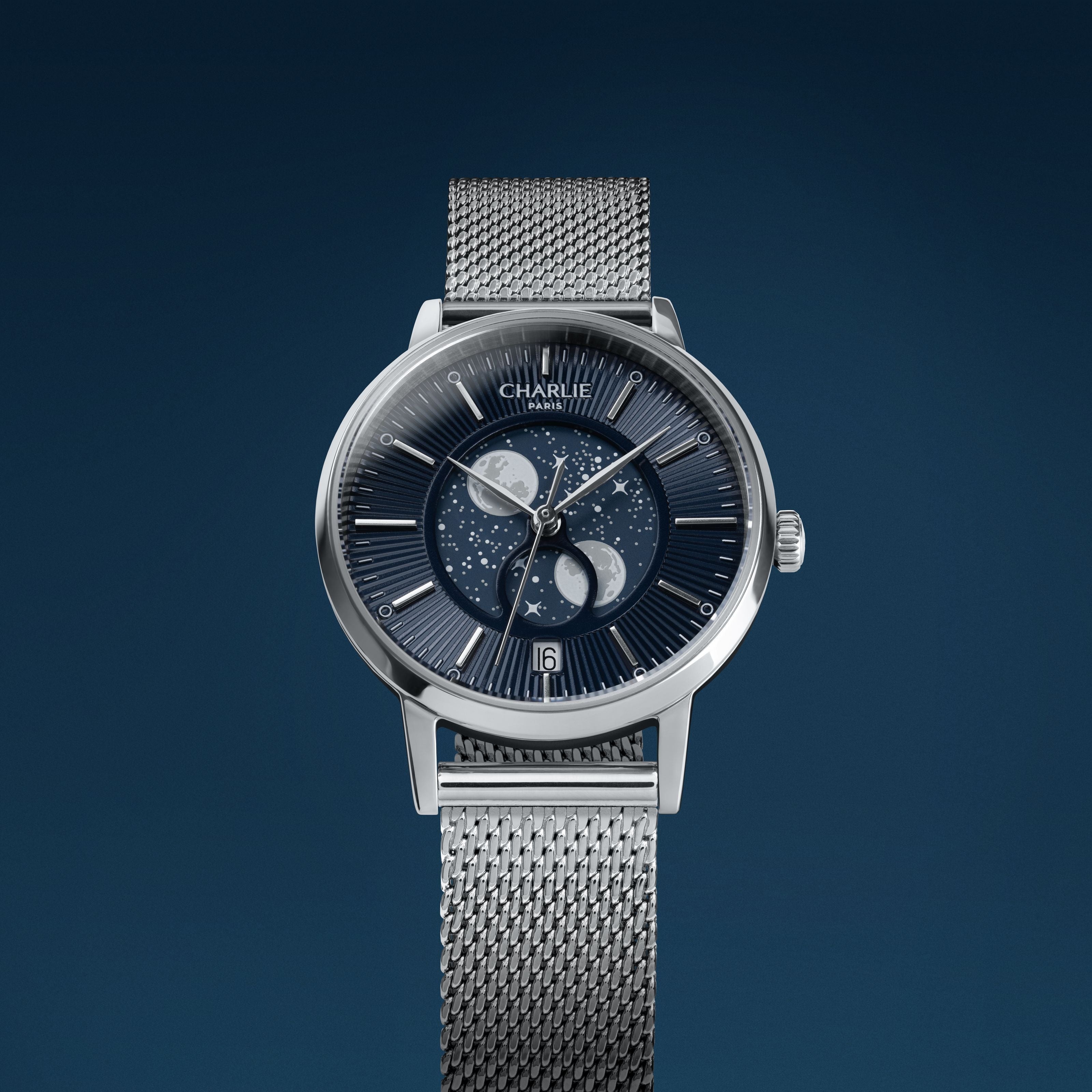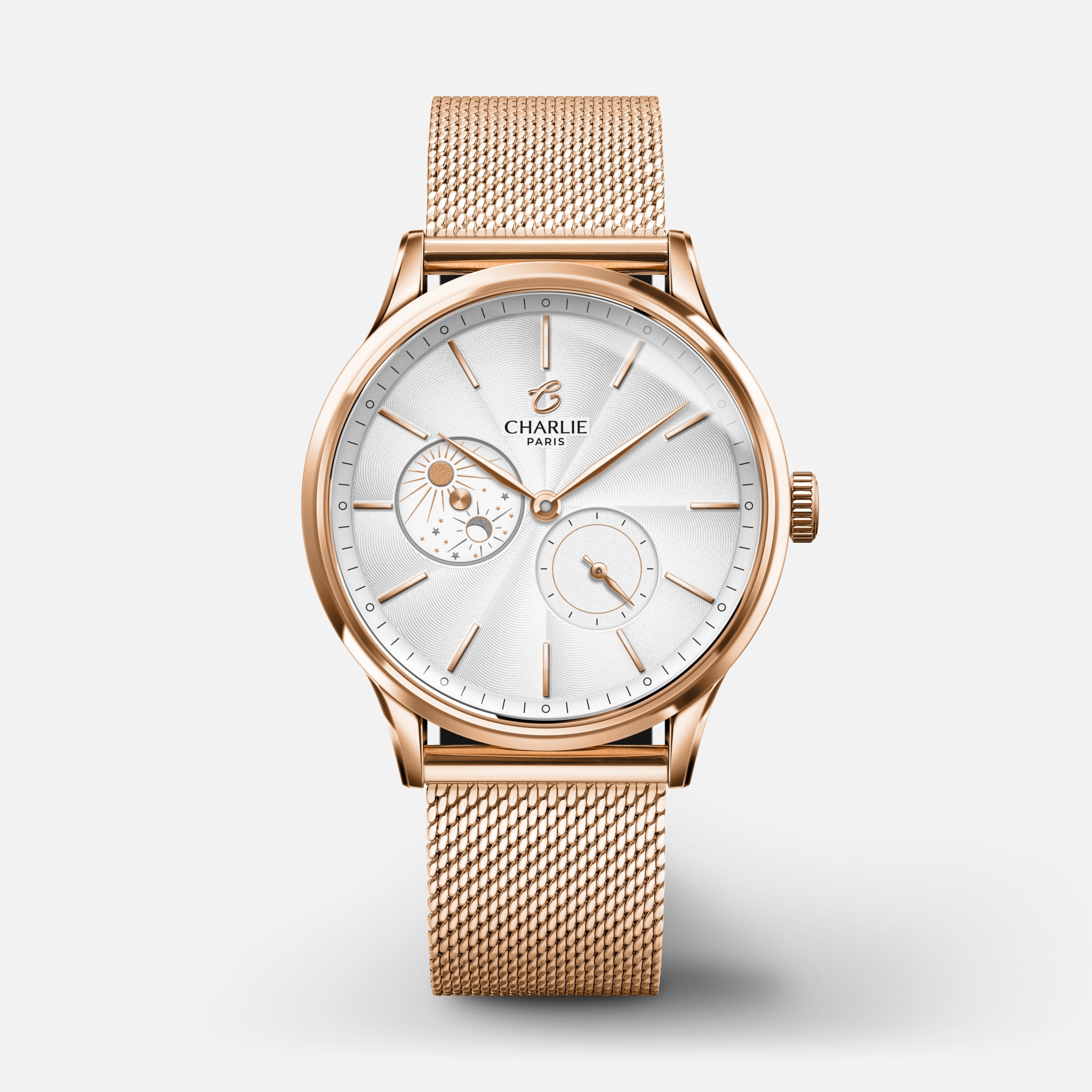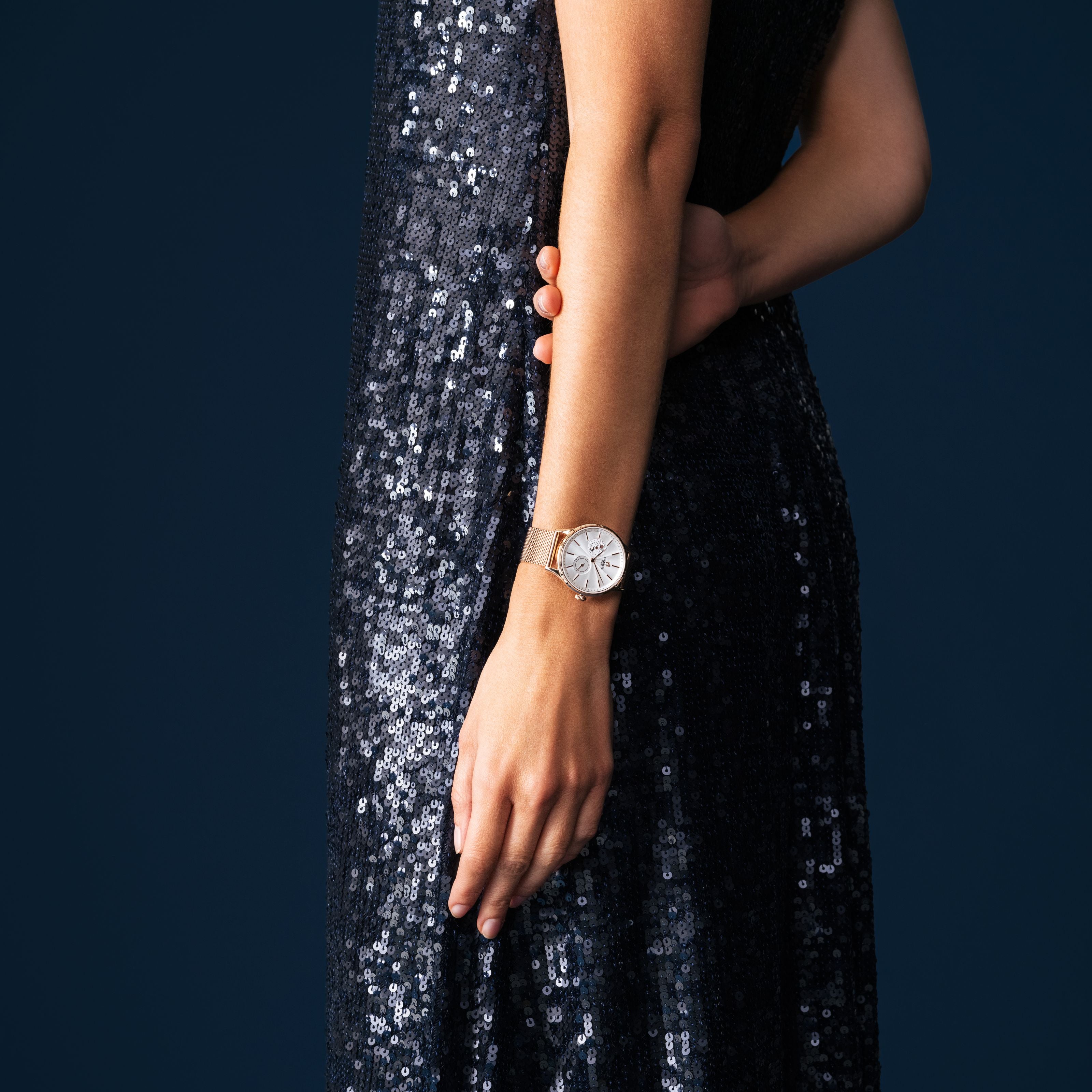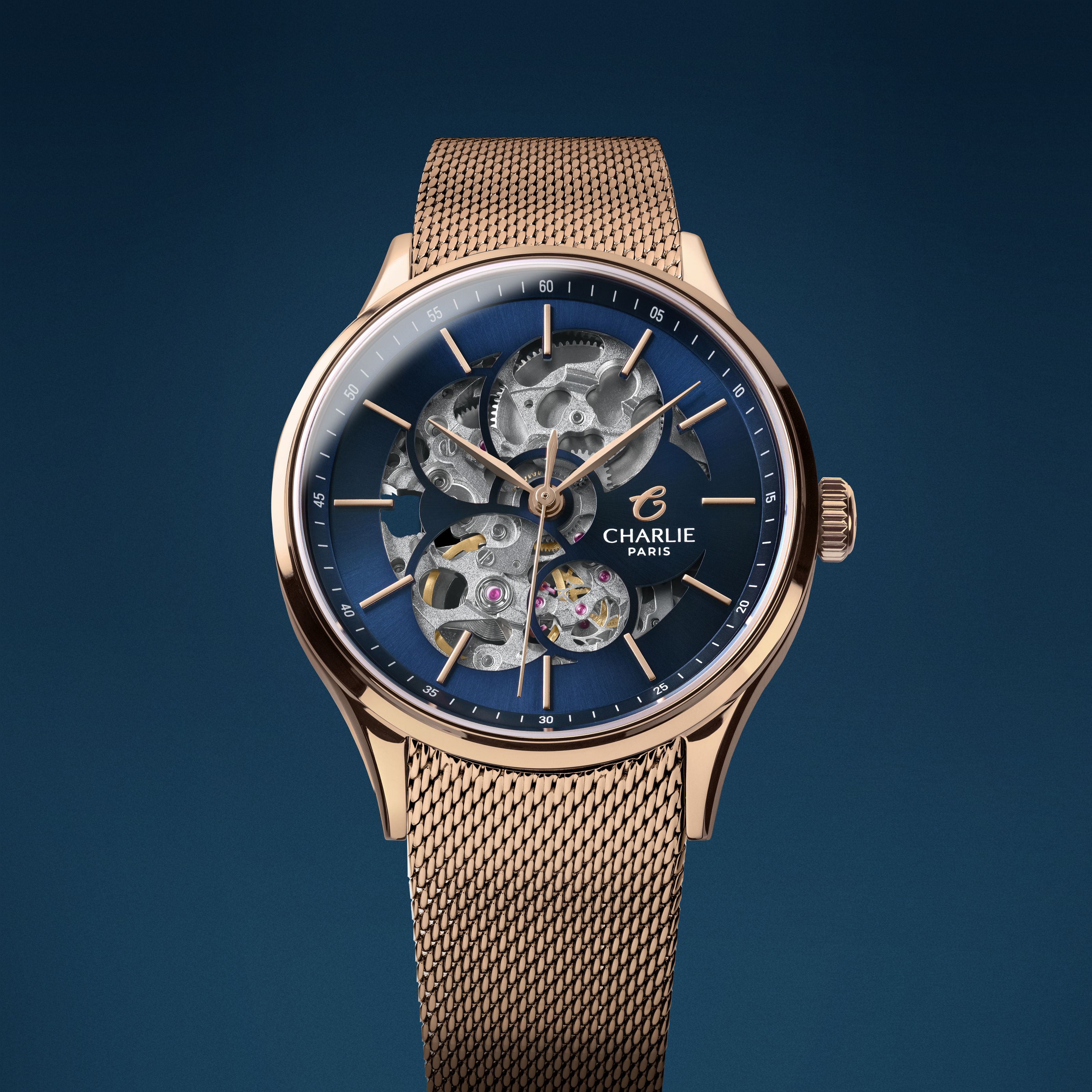Many of you wear your Charlie watch on your wrist, but not on just any side! Very often the left one. But why? Where does the habit of wearing his watch on the left wrist come from? There are various explanations for this. For you, Charlie Paris has retained three.
- 90% Right-handed: Only 10% of the population is left-handed. Since it is easier for a right-handed person to put his watch on the left wrist, we could simply explain that most people put it naturally on the left wrist. This is because if you wear your watch on the arm that does the least work, you are less likely to damage it. That said, some left-handed people also wear their watches on their left side. Most people who wear a watch naturally wear it on their left wrist, not just because they are mostly right-handed.
- More convenient for winding the watch: The crown of an automatic watch is often located on the right side of the case. Therefore, both left-handed and right-handed people find it more convenient to wear their watch on the left side to handle the crown with ease.
- Wear your watch on the left side to better protect it: In the past, watches were much more fragile. They were cylinder watches with a total absence of anti-shock. Also, the work was much harder and hammers and agricultural tools were frequently used, which would have put the watches to too great a test. The left arm being much less solicited, the quartz watch or automatic watch was worn on the left. If today's watches are more resistant, the habit has remained. If you wear your watch on the arm that works the least, you have less risk of damaging it. Also, for right-handed people, when you hold a glass, you naturally do it with your right hand. It would therefore be awkward to wear your watch on this wrist.
A little anecdote to finish: It is also mentioned that the inventor of the wristwatch has been amputated on the right hand and therefore put his watch on the left!
Read more

In watchmaking, many decorative techniques exist. Today, Team Charlie Paris has decided to introduce you to one of them: Guilloche, one of the oldest decorative techniques in watchmaking.
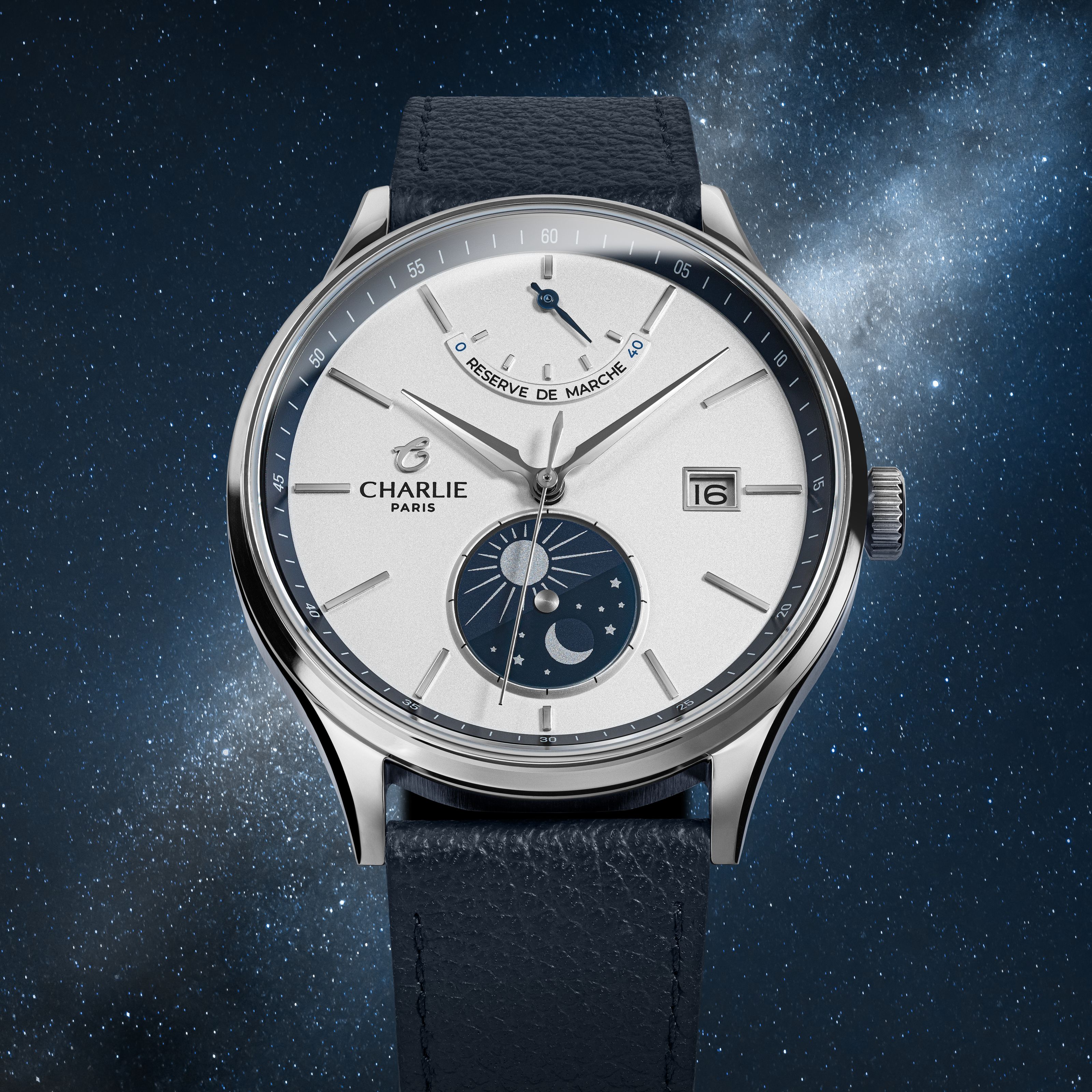
Watches are fragile objects and it is not uncommon, by clumsiness, to break the glass of the latter. Don't worry, changing the glass of a watch is a classic repair.
